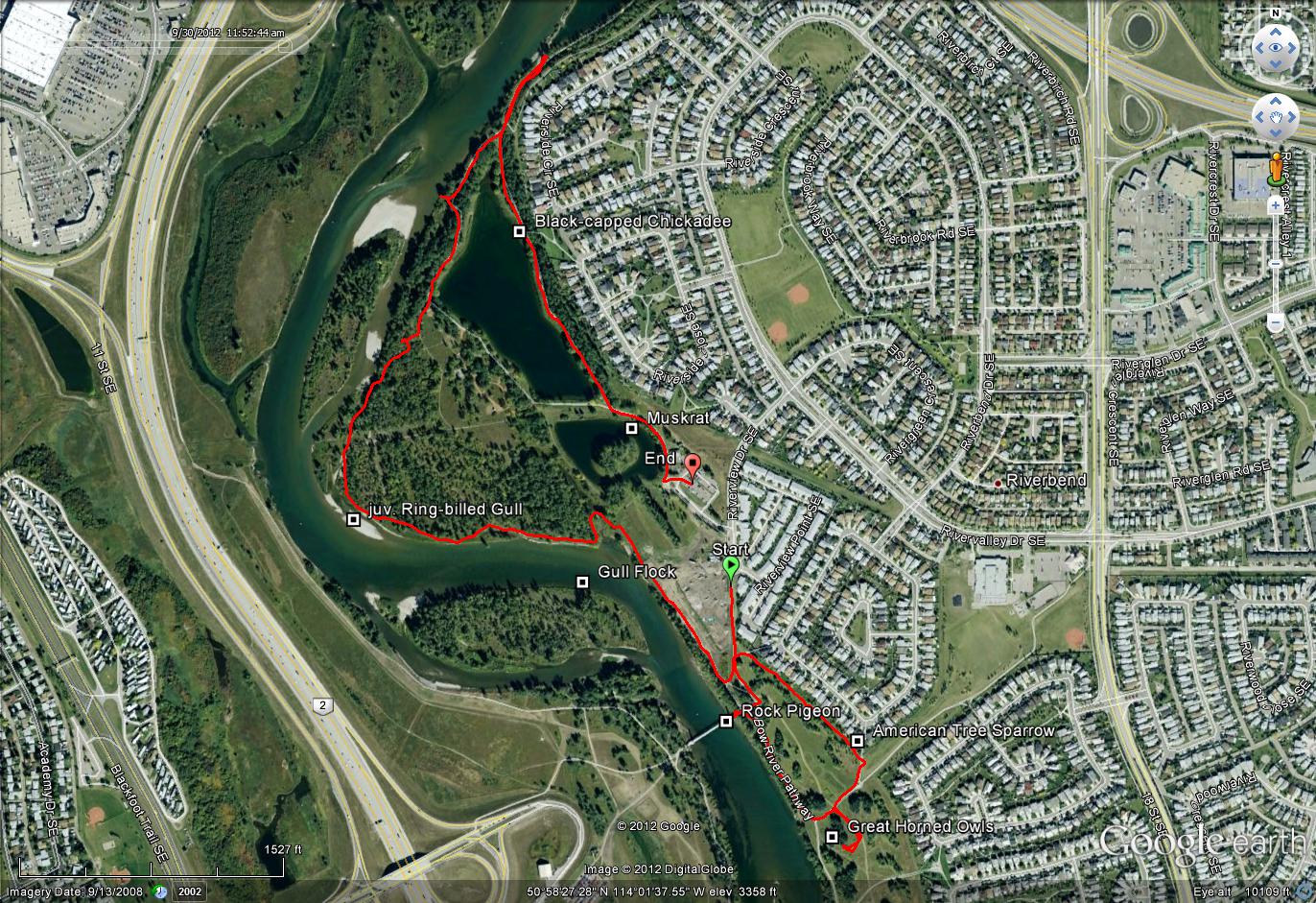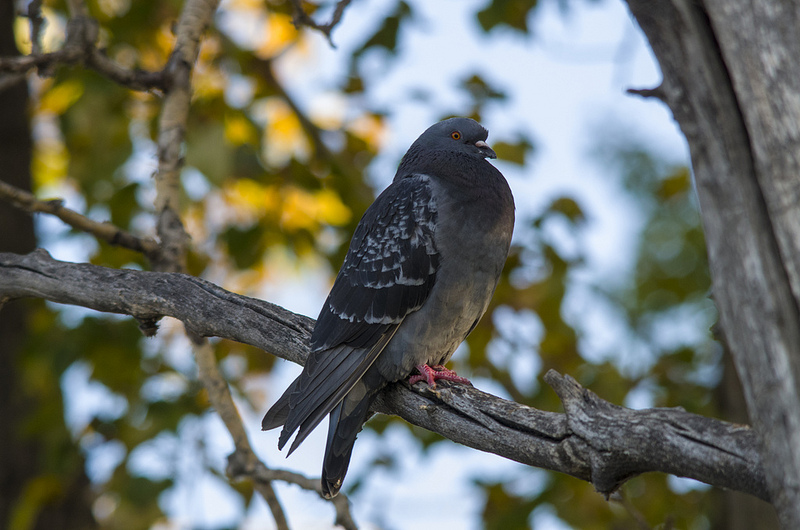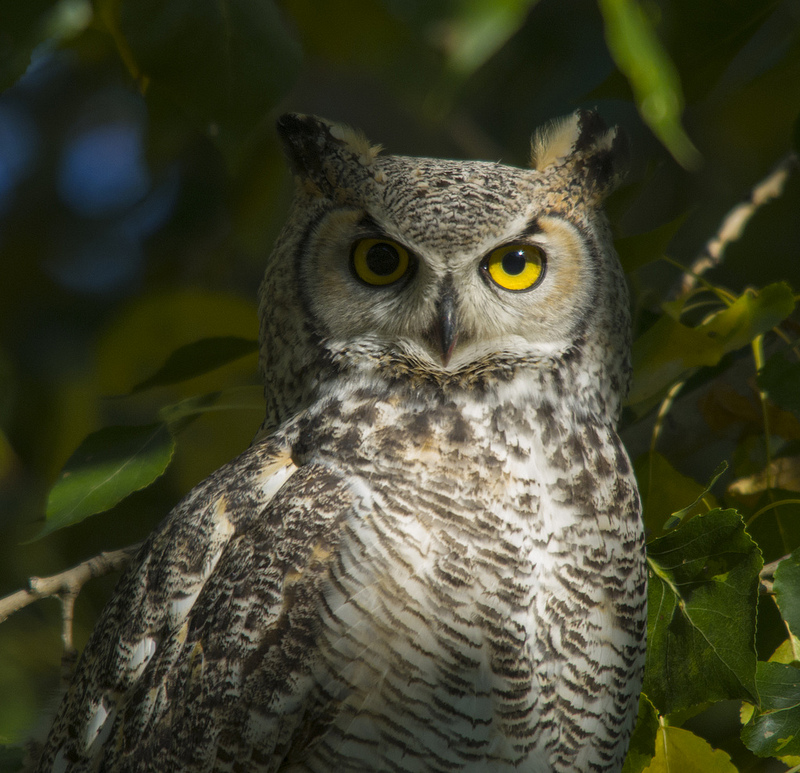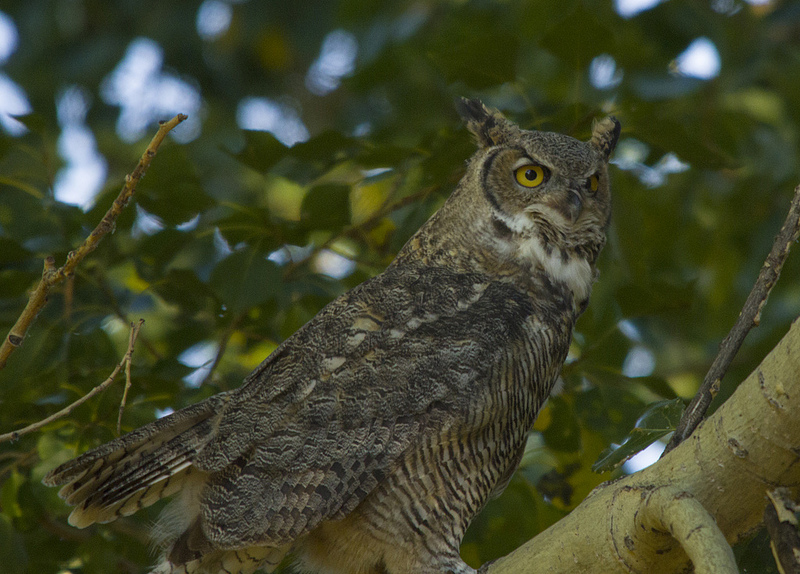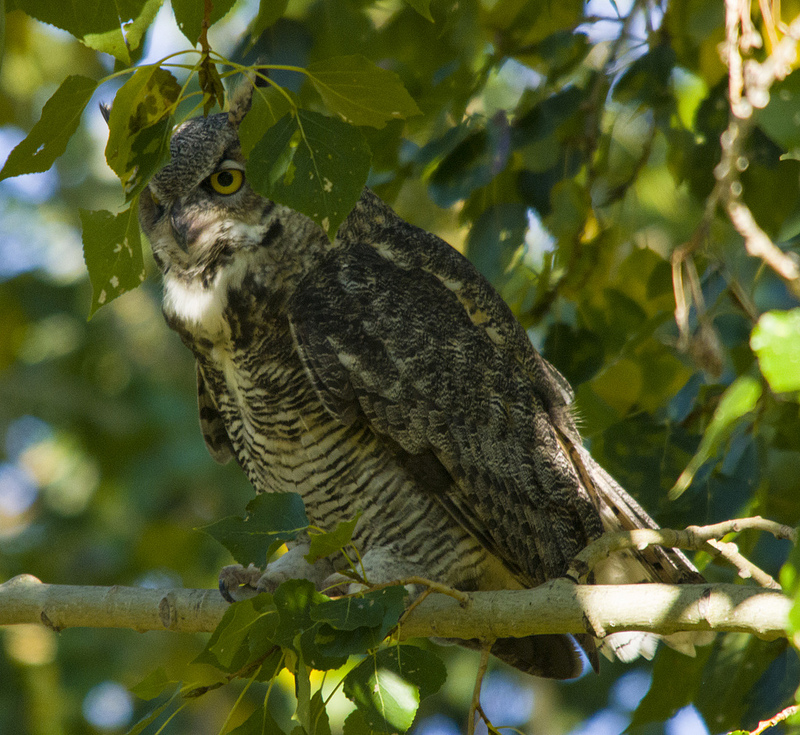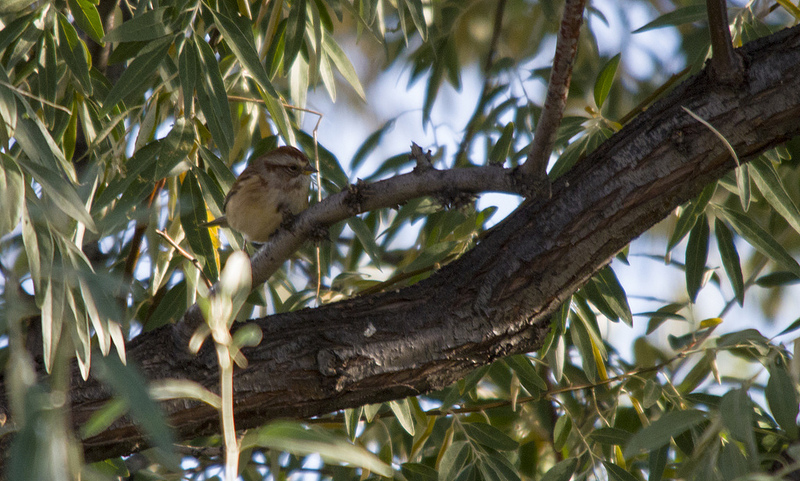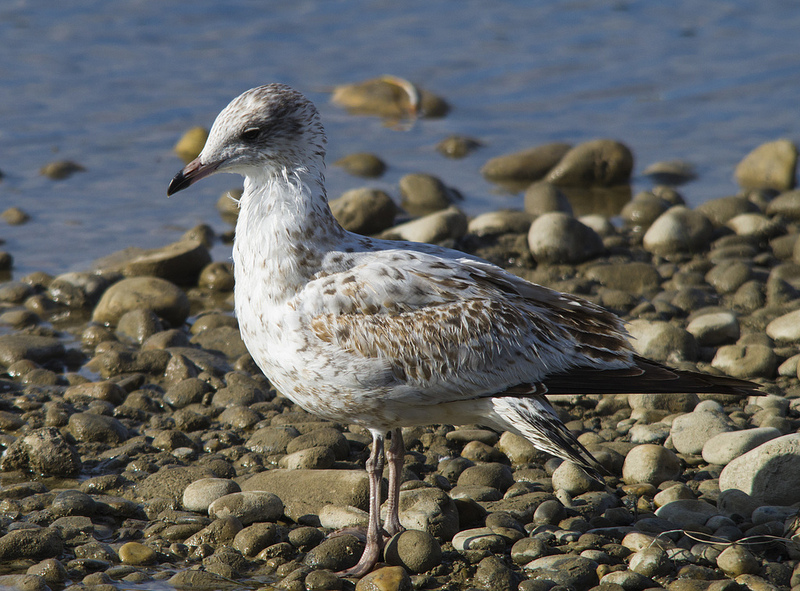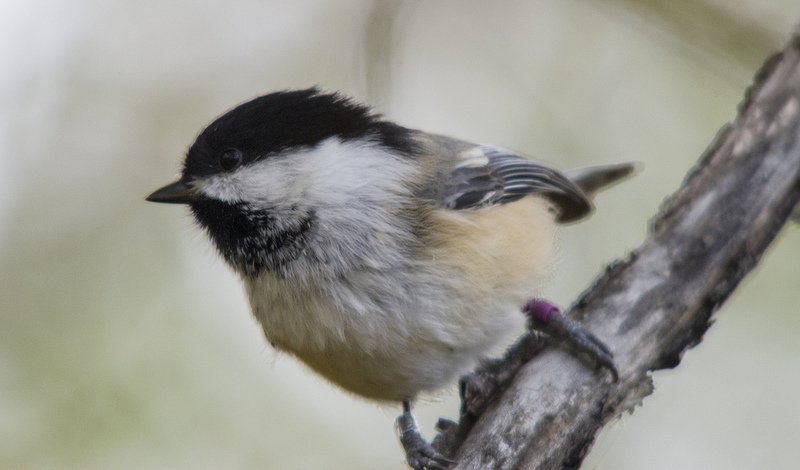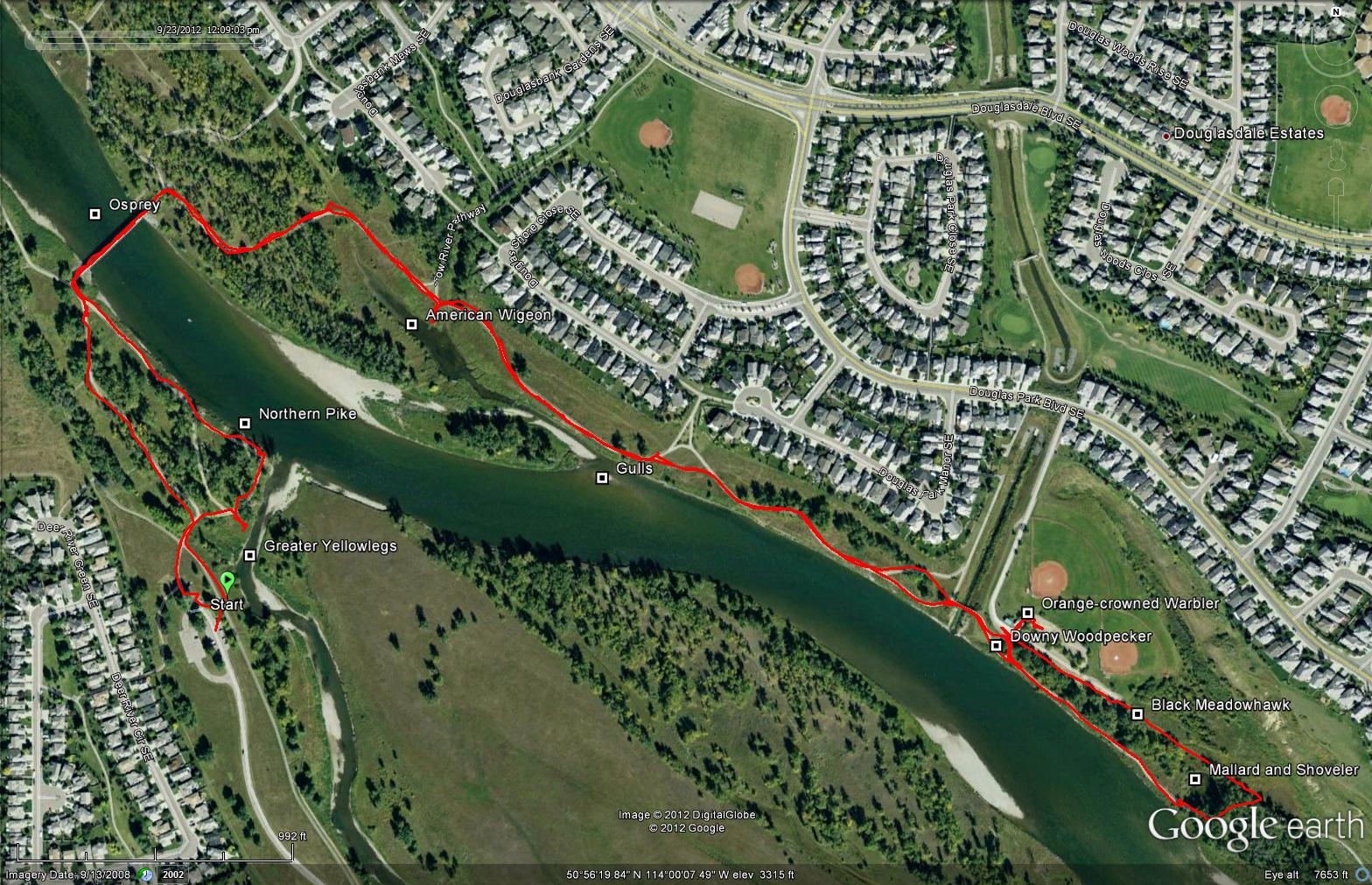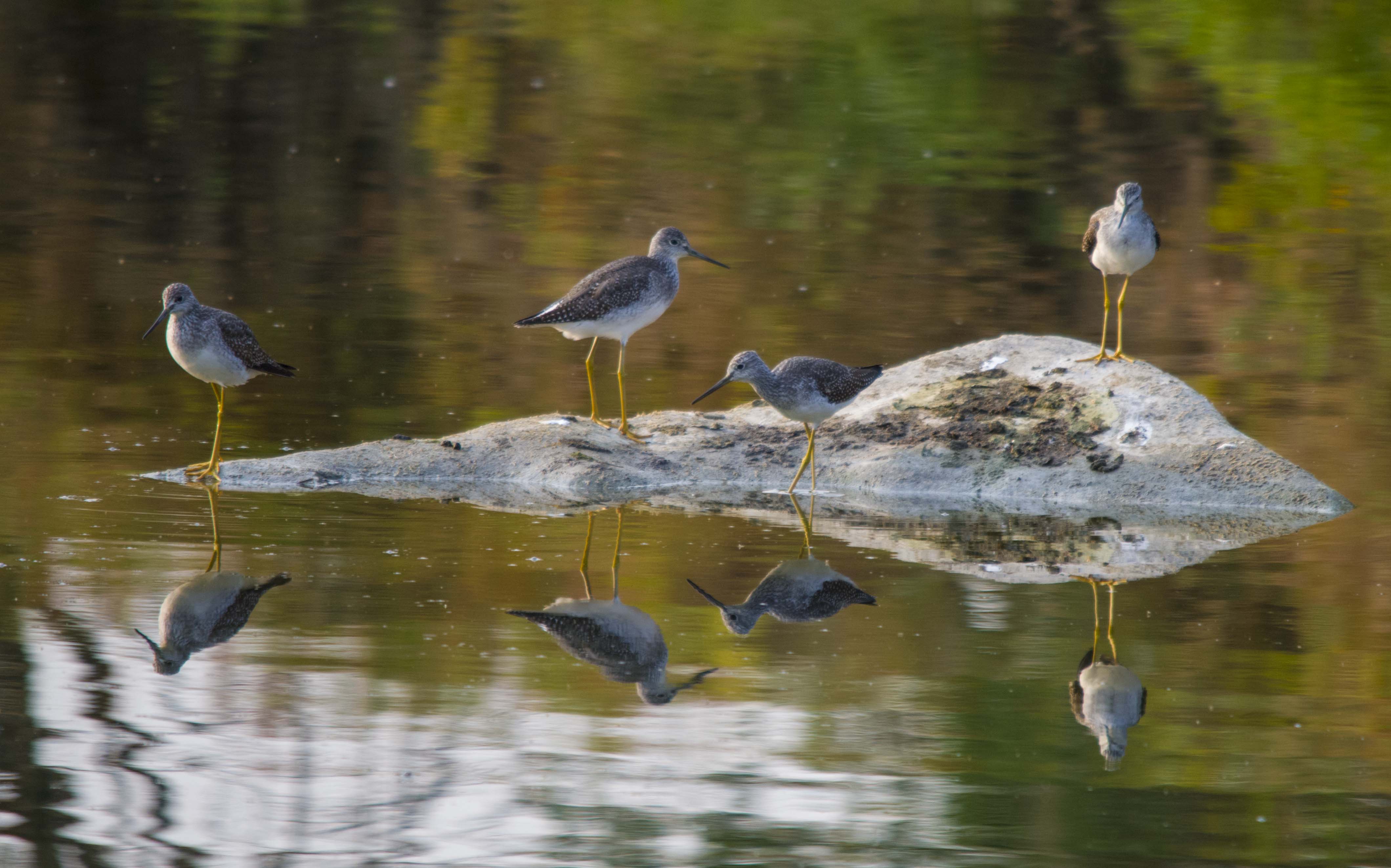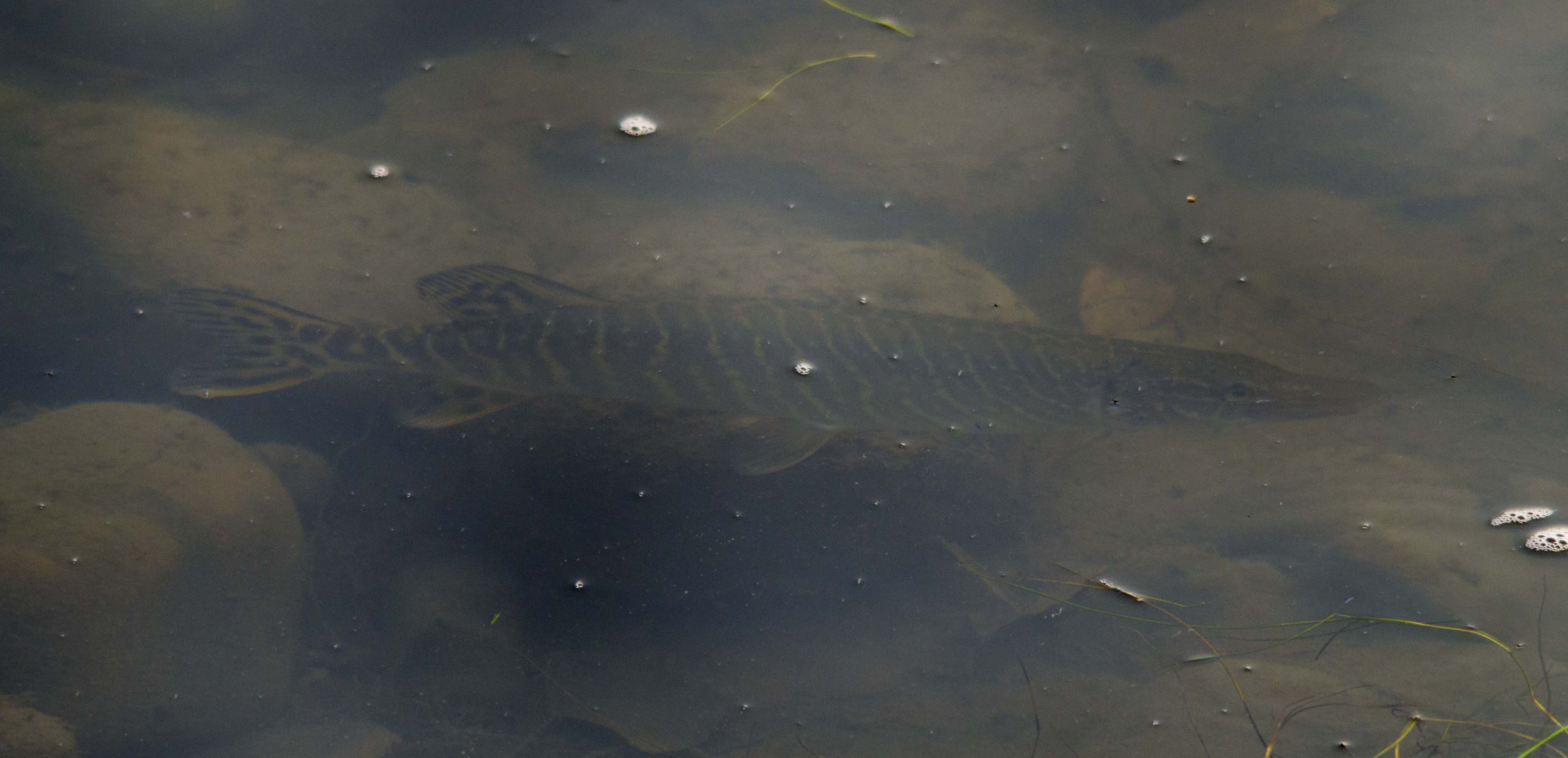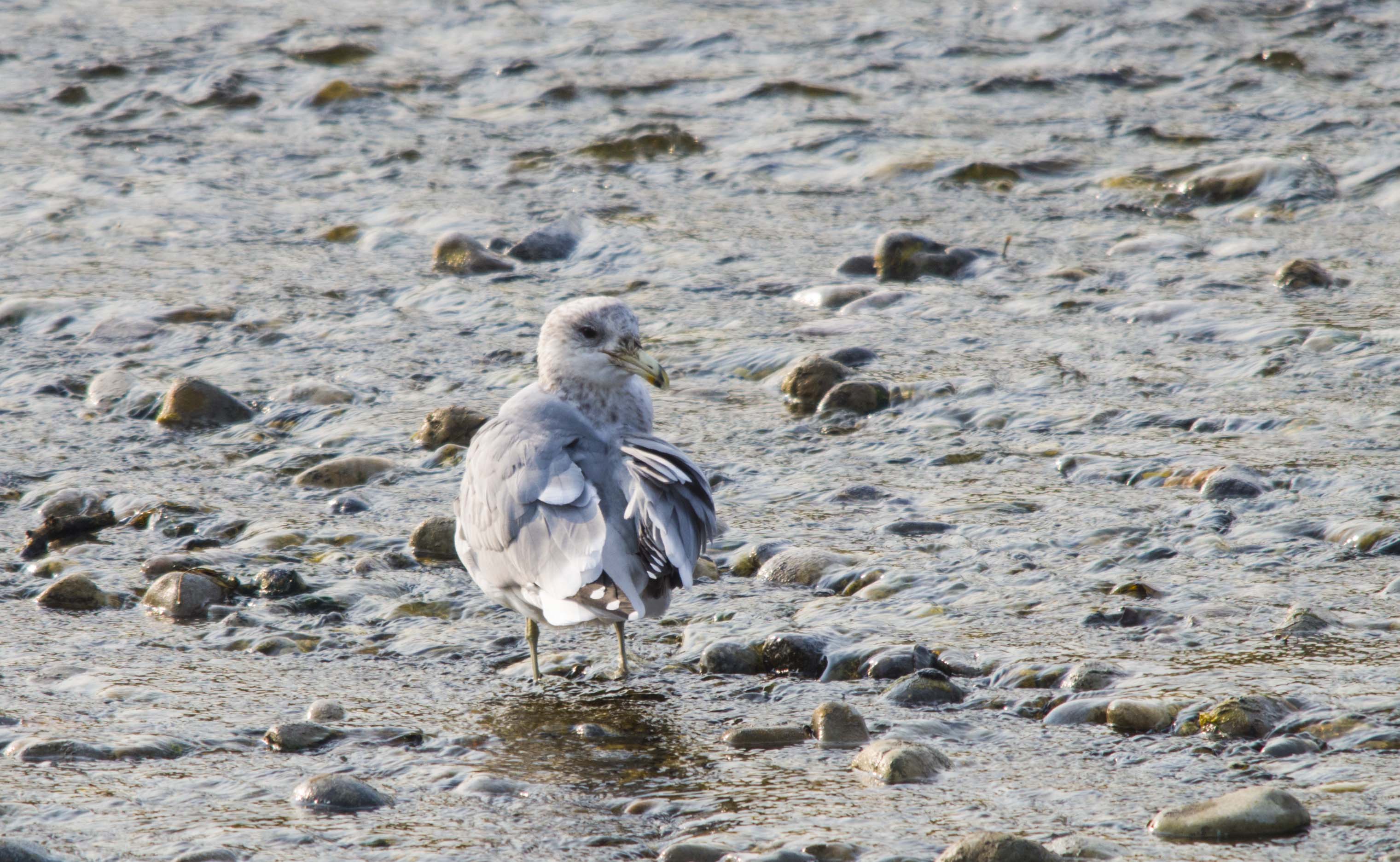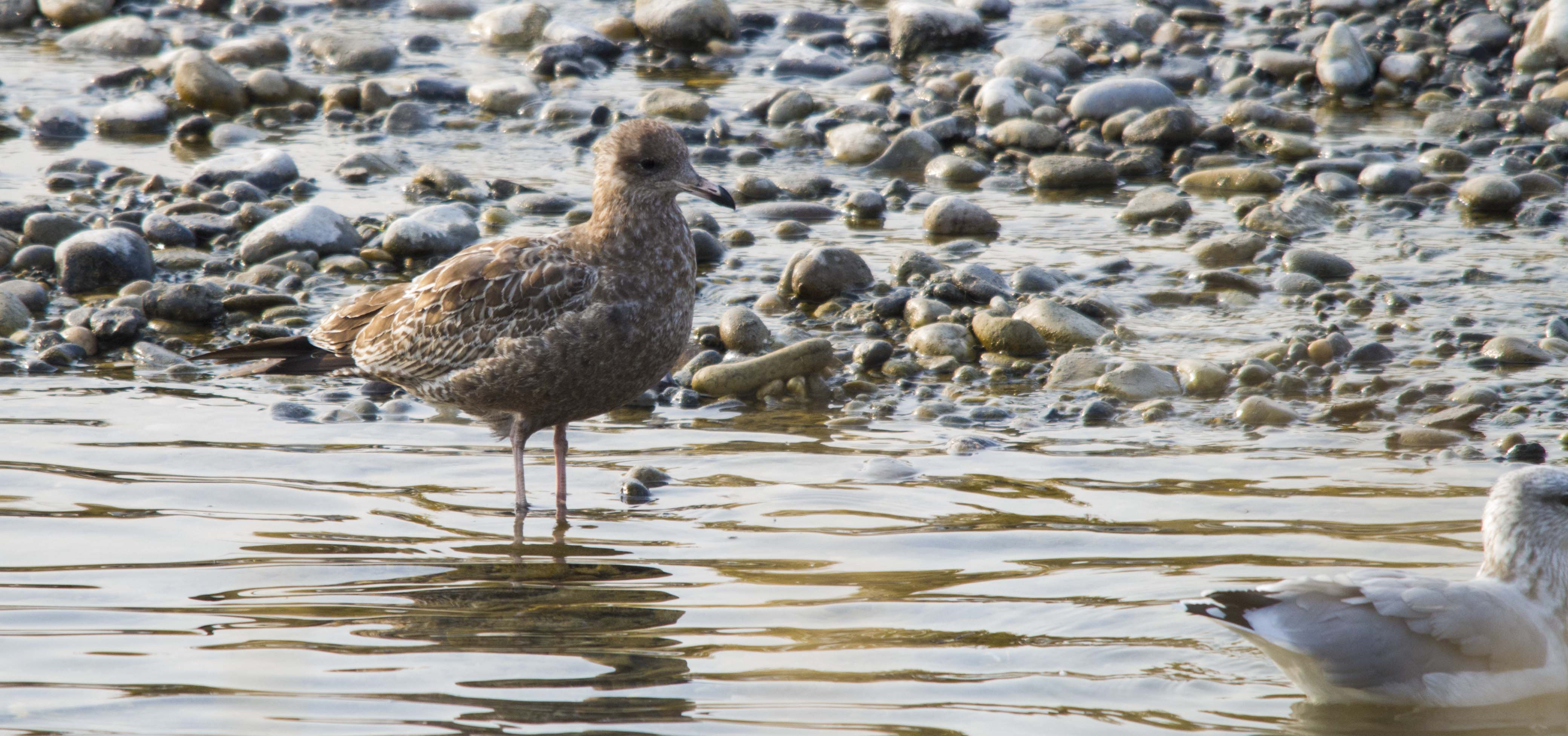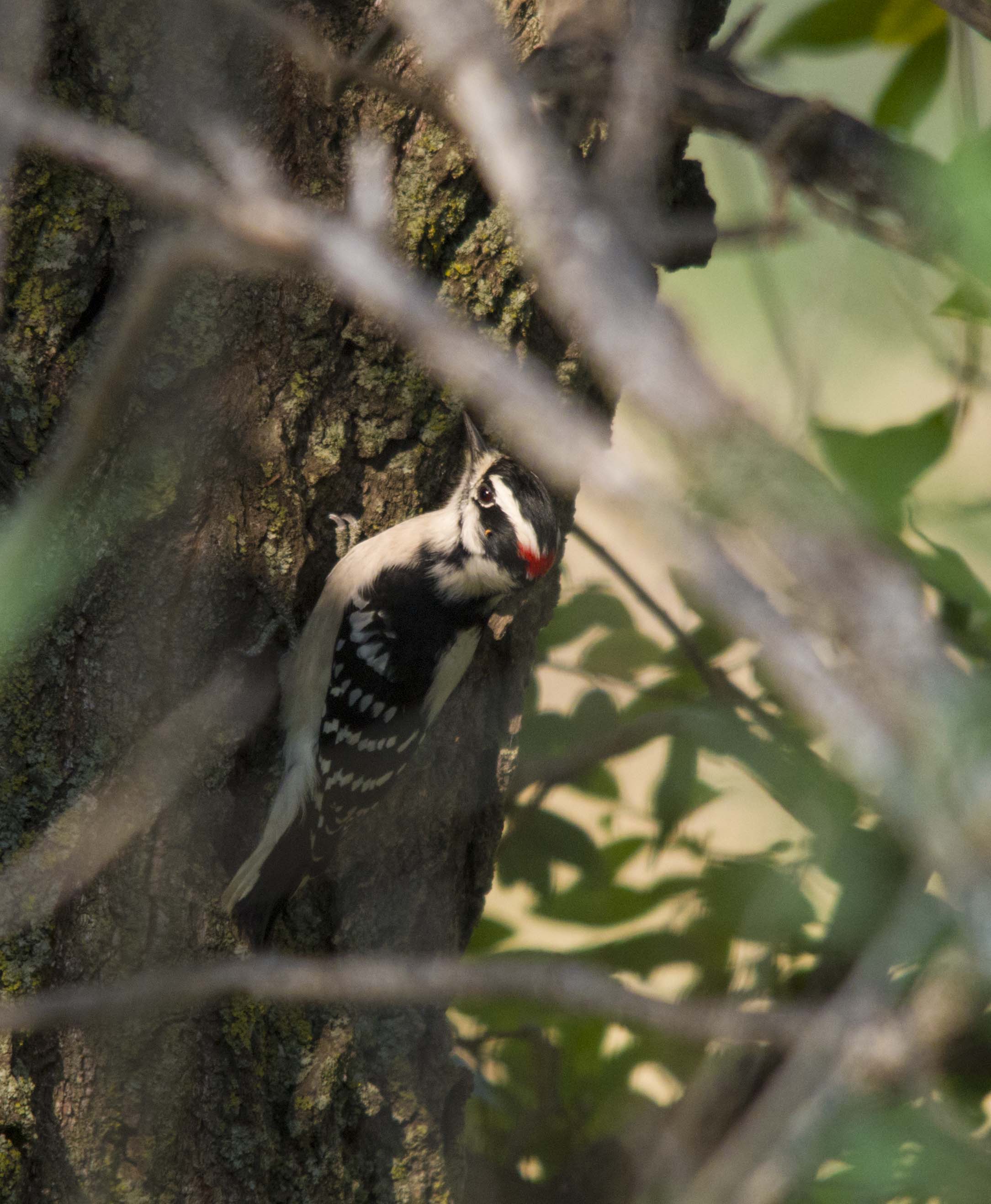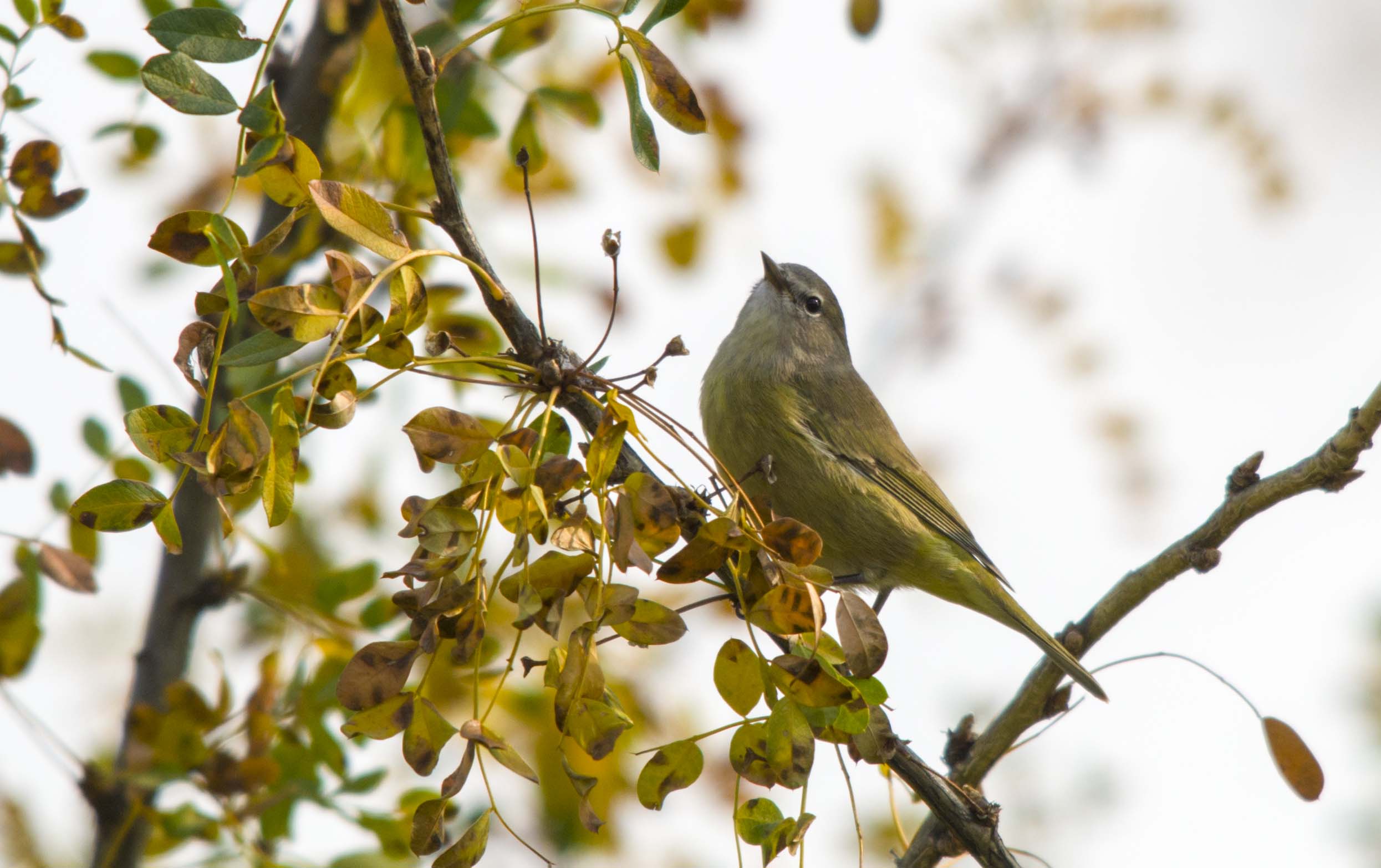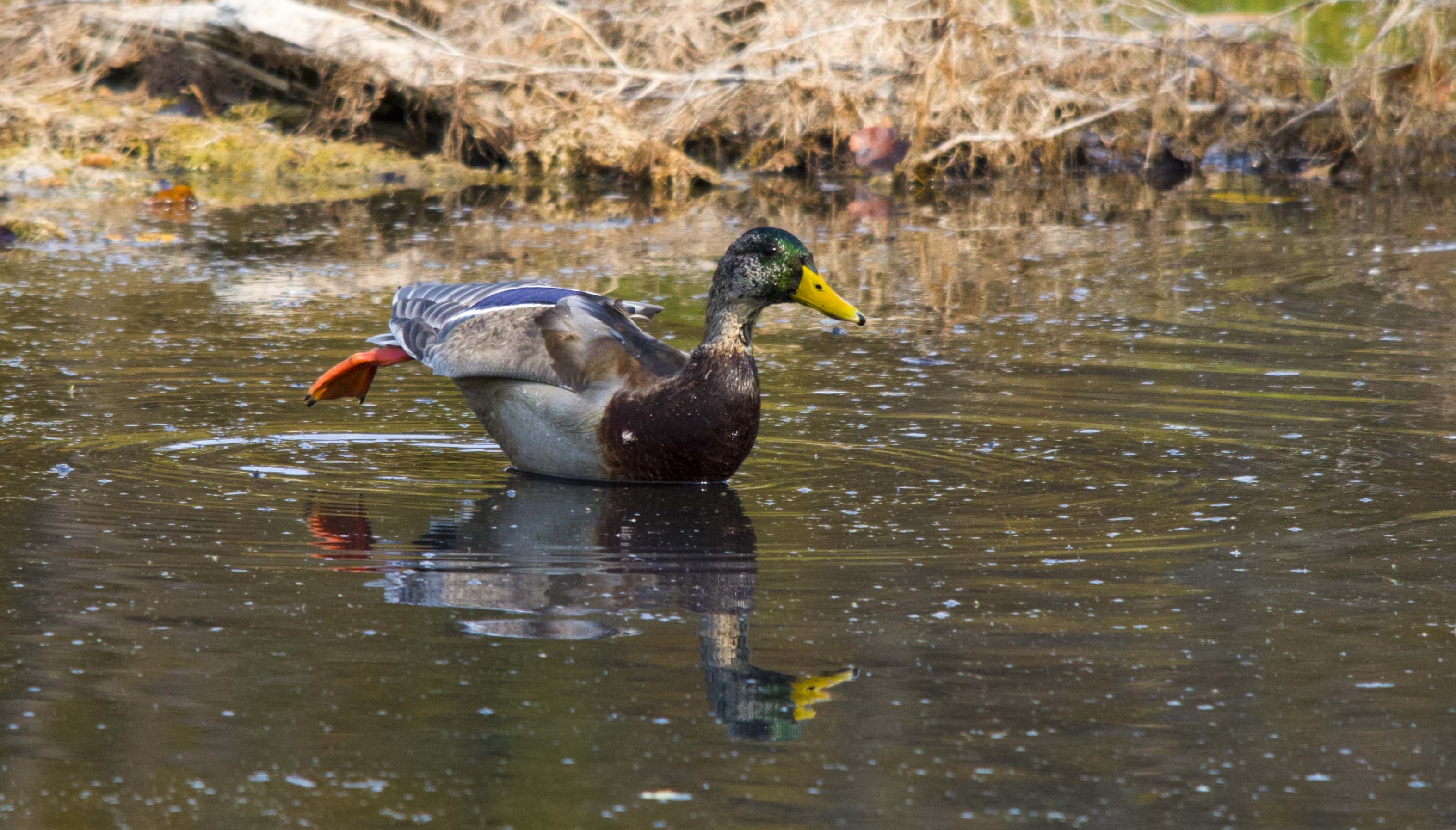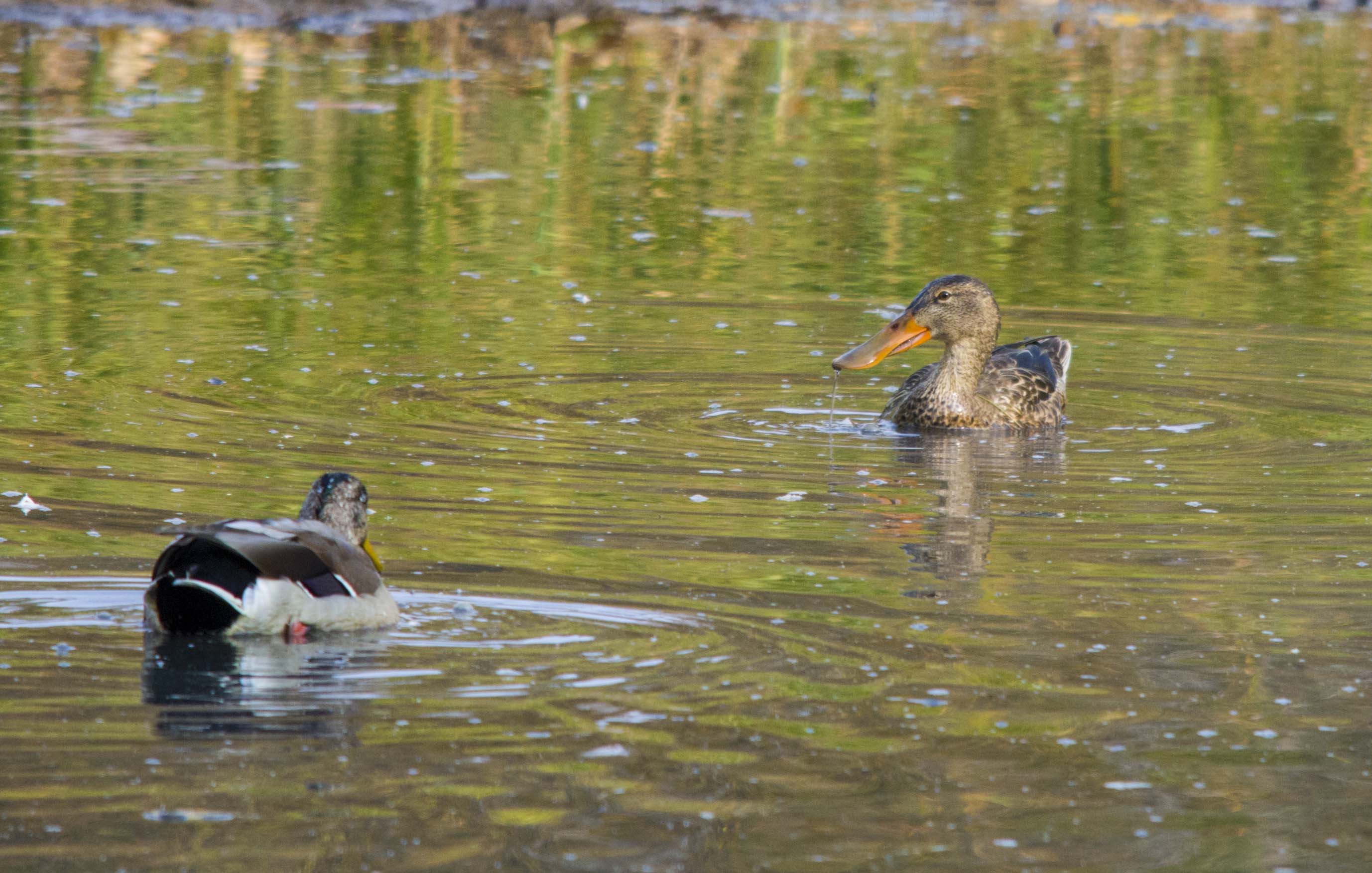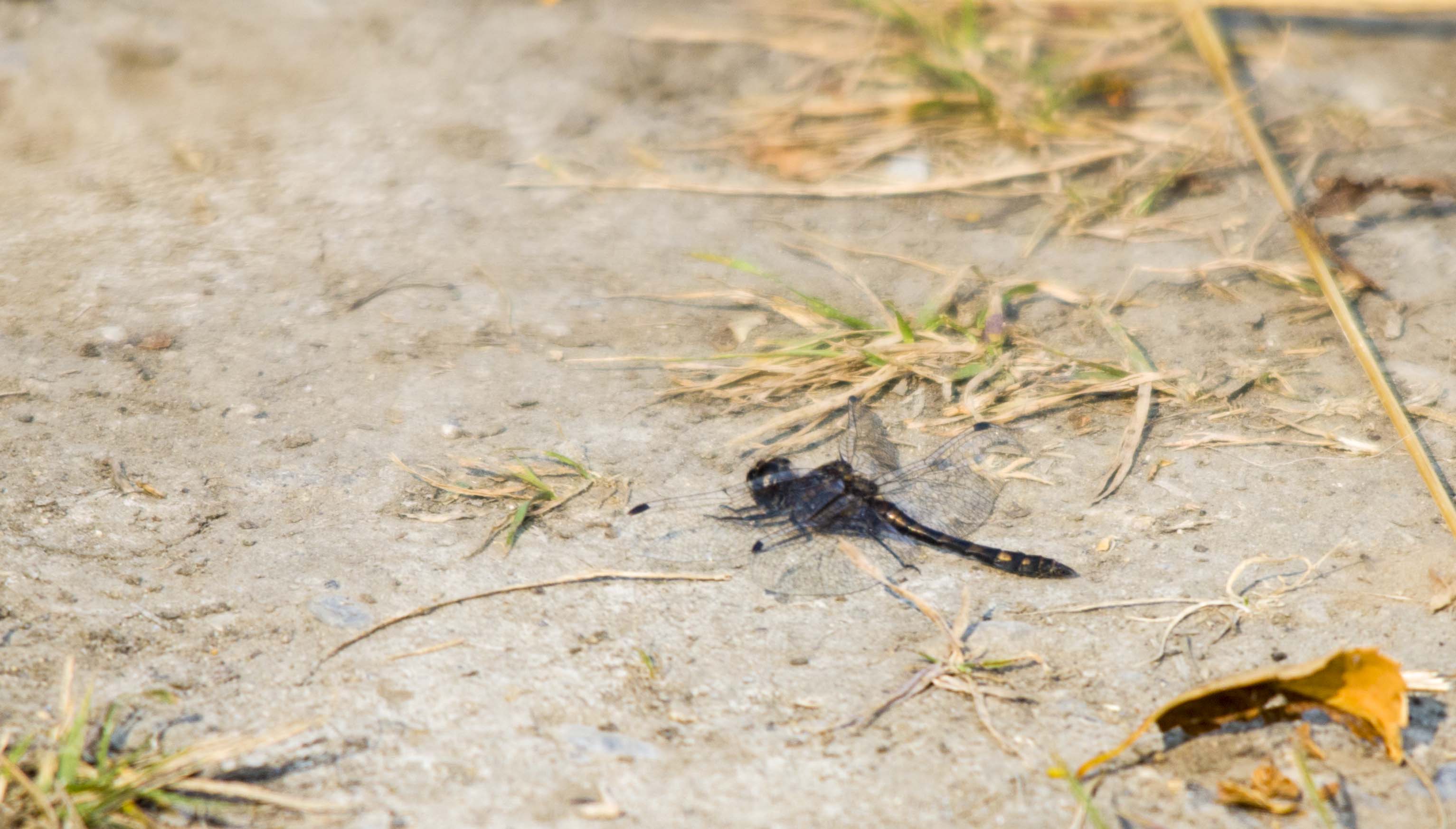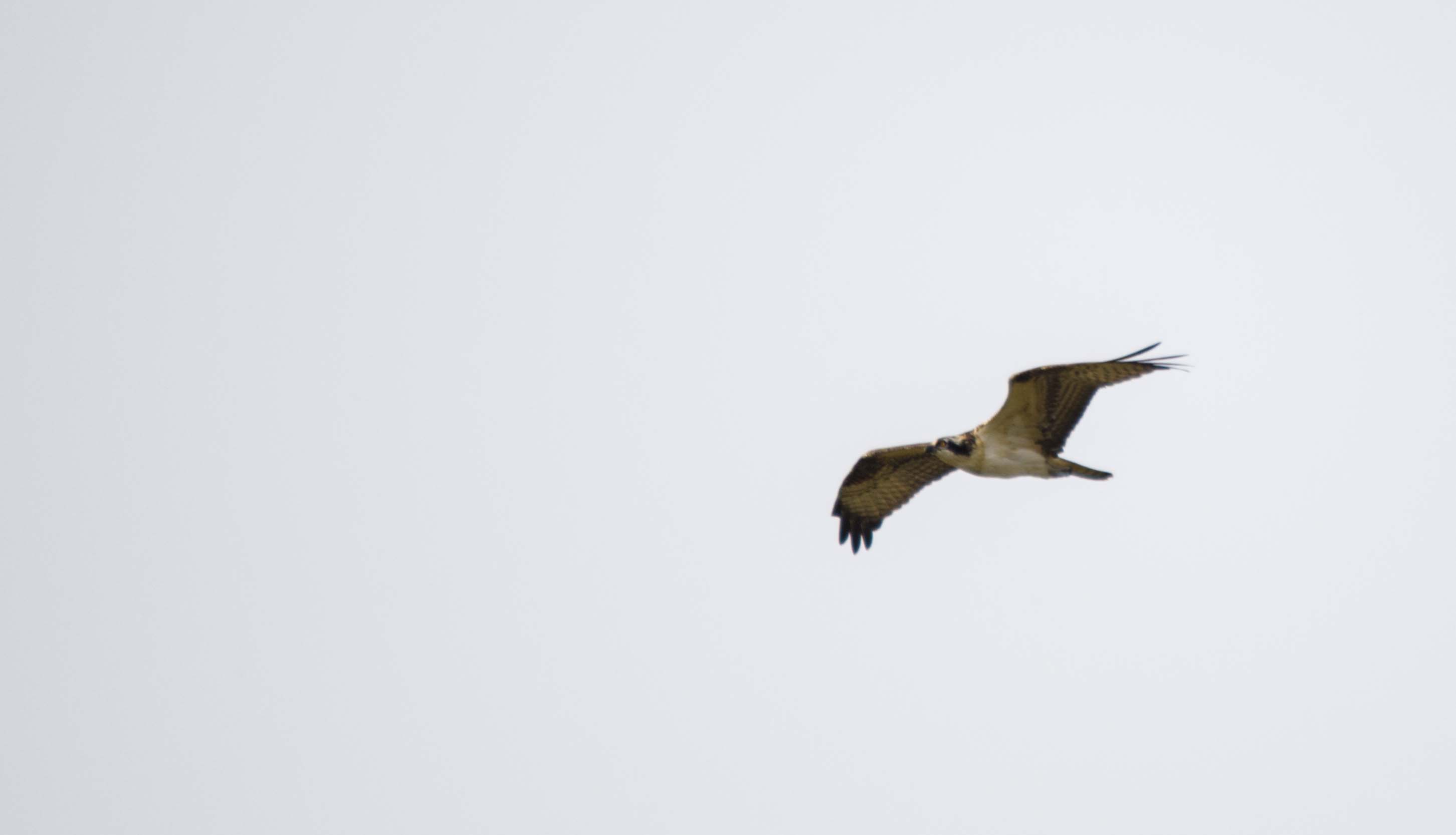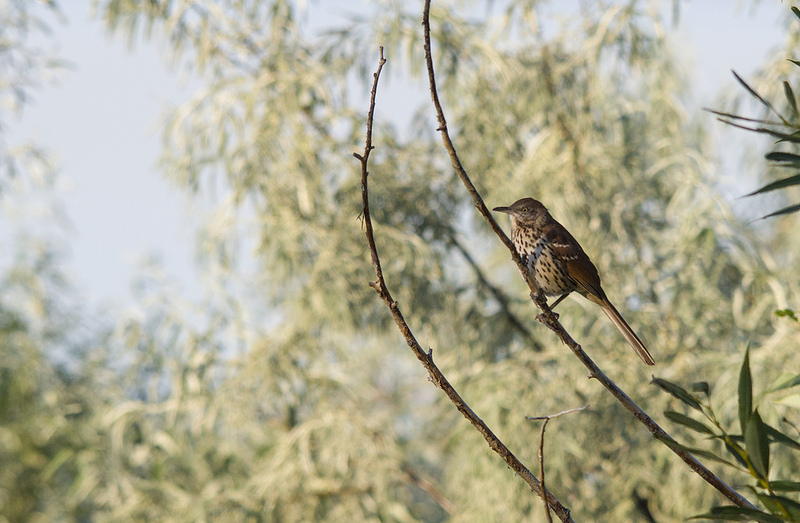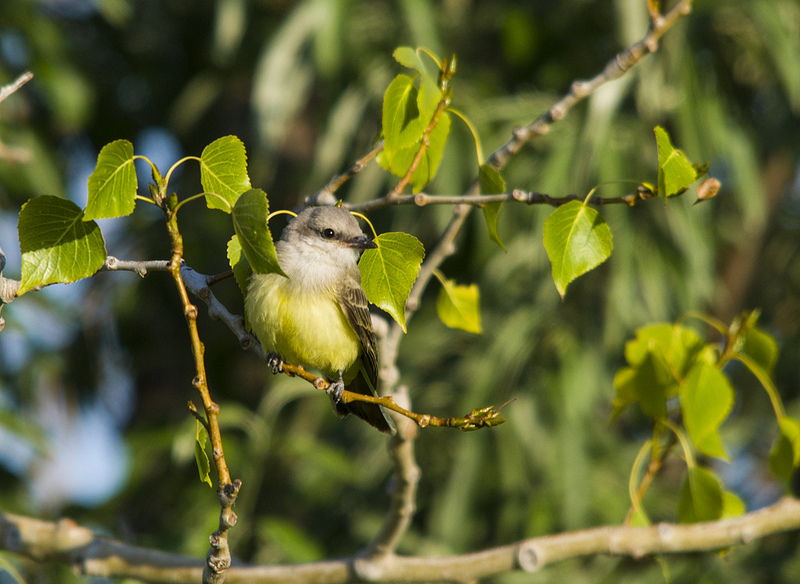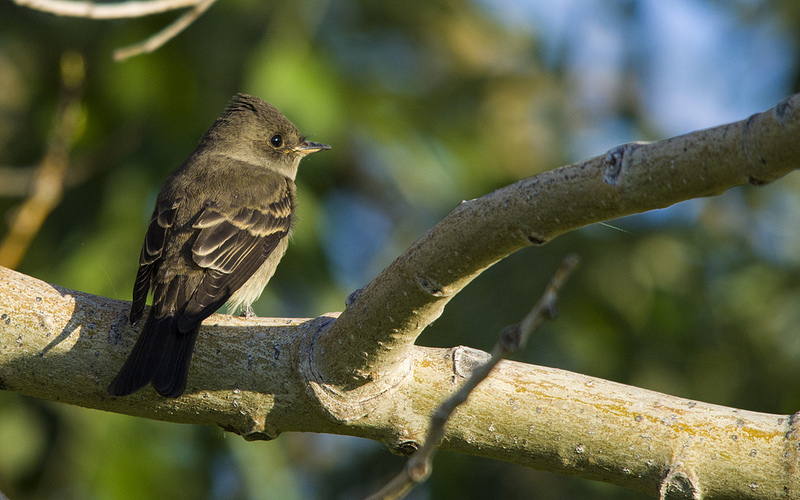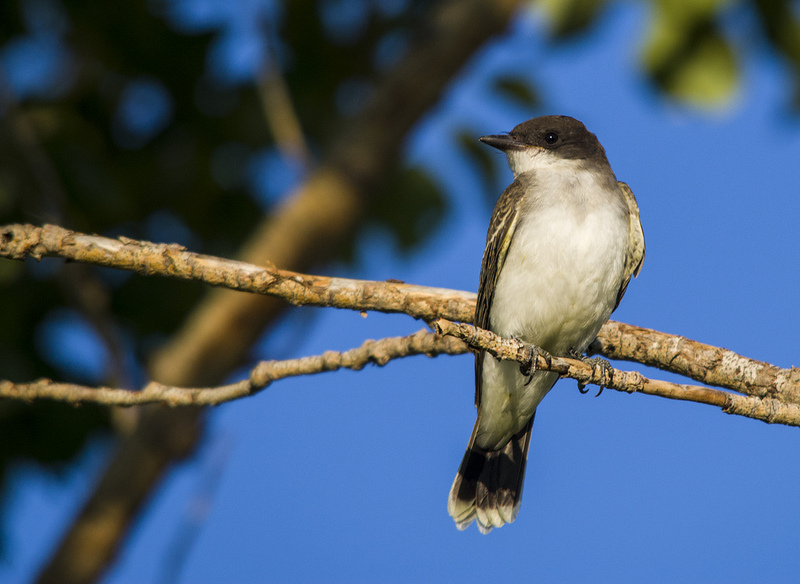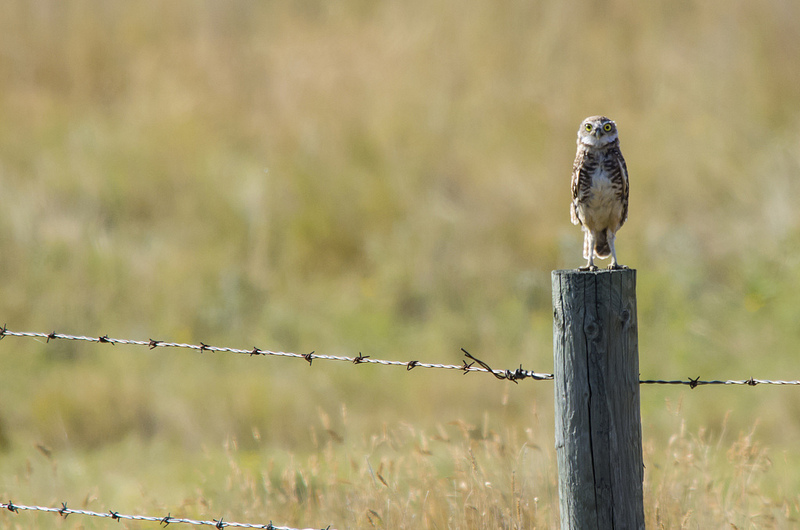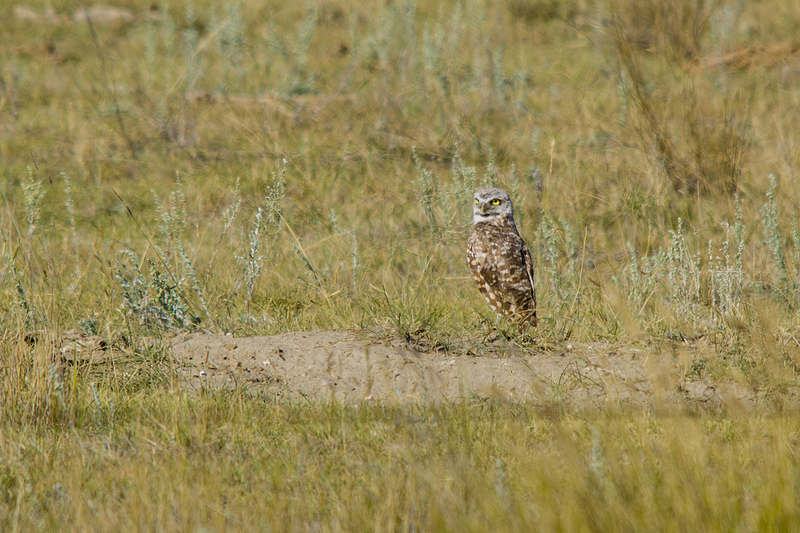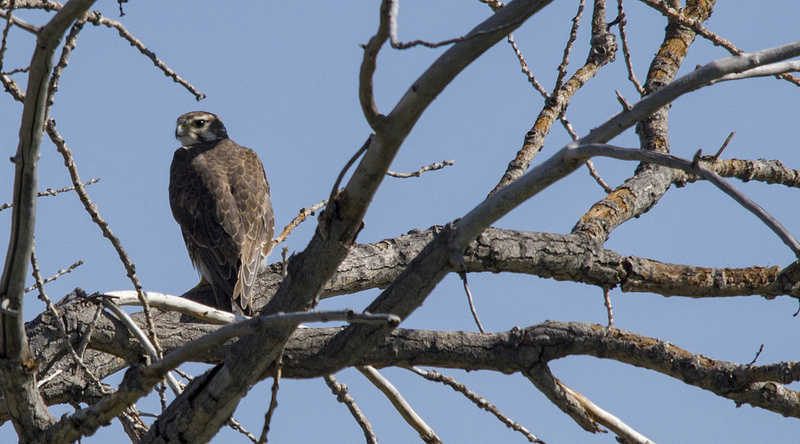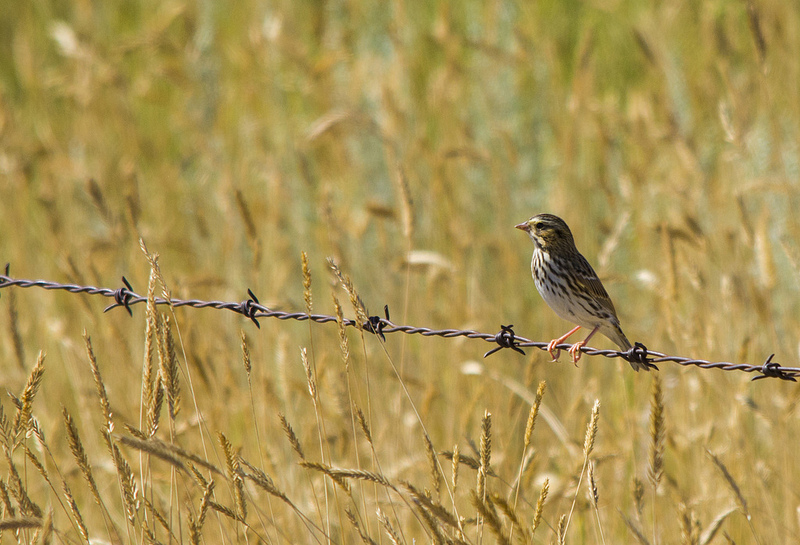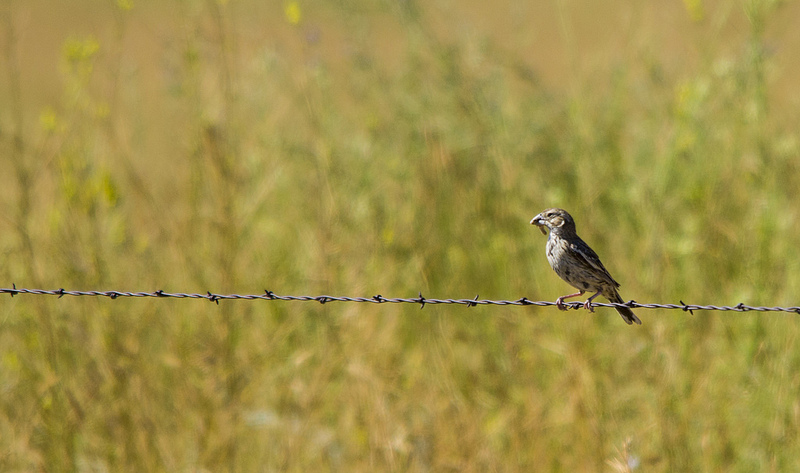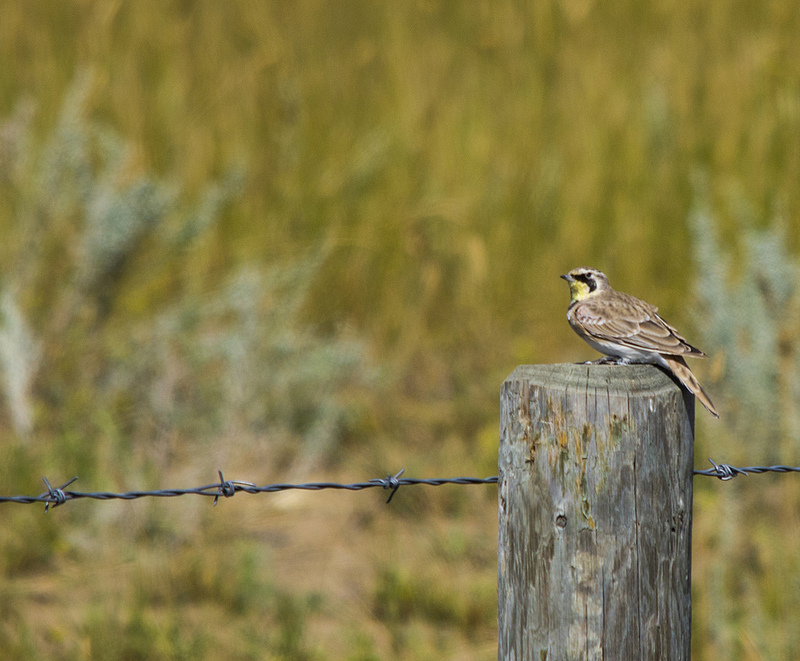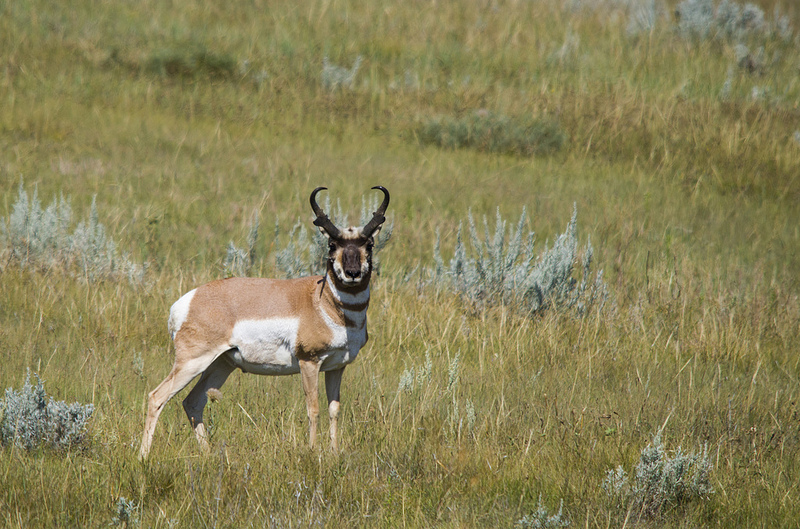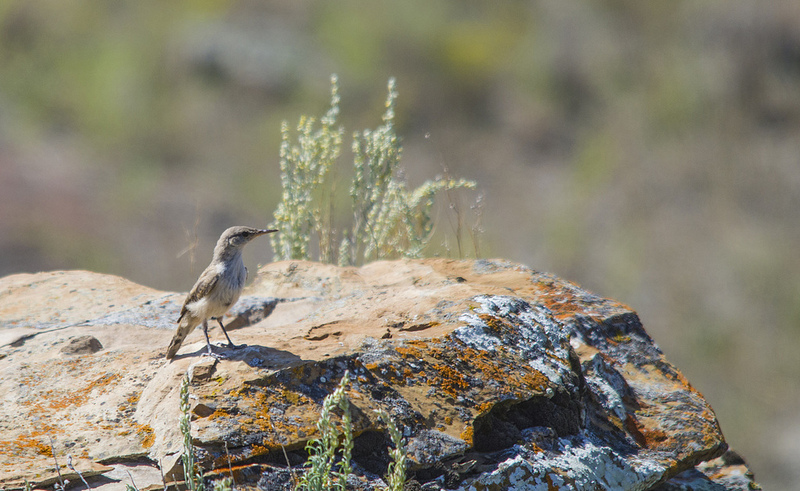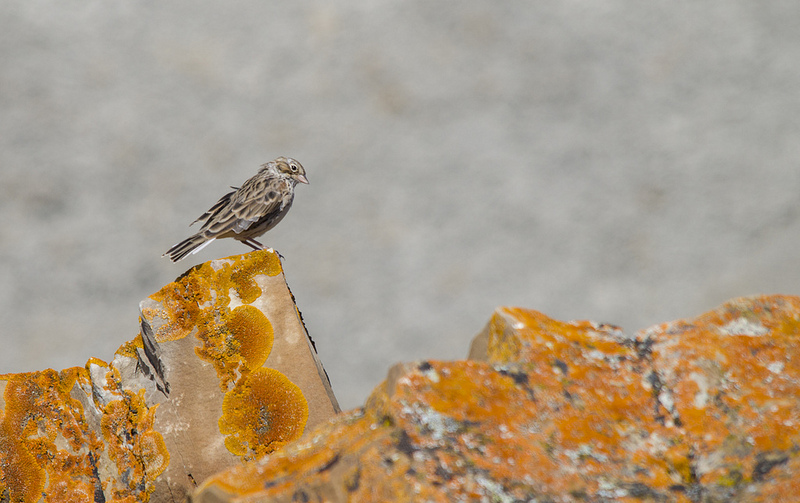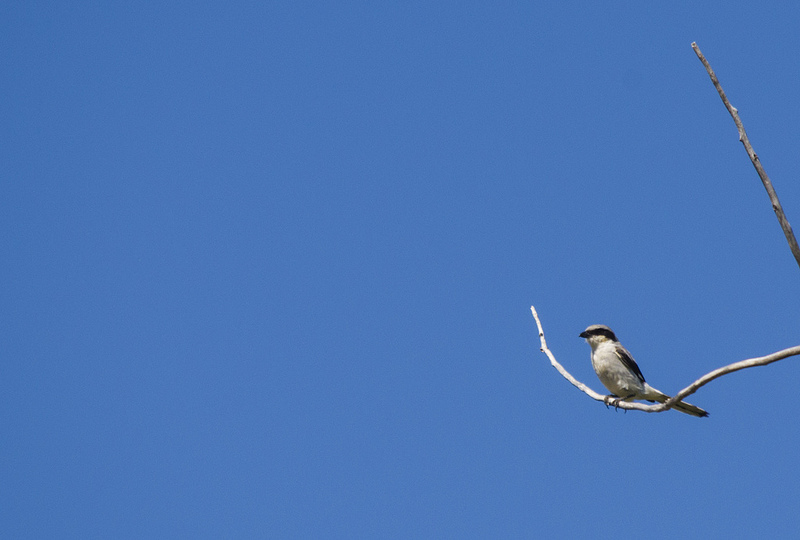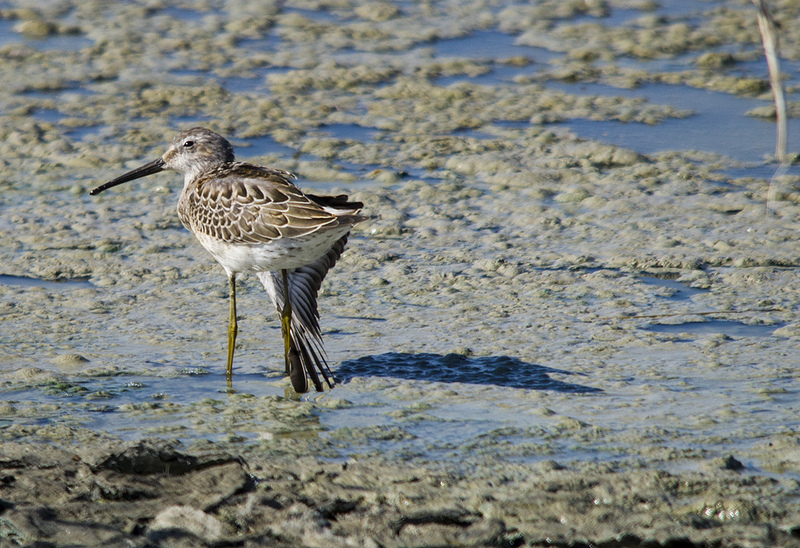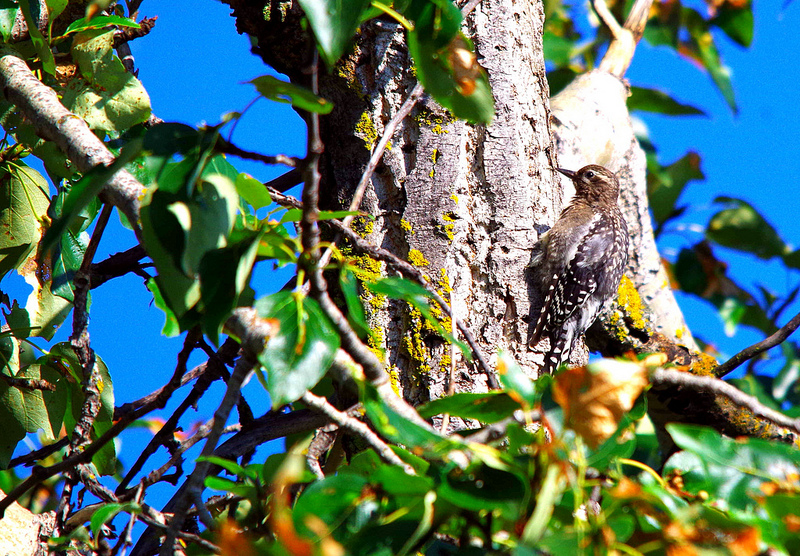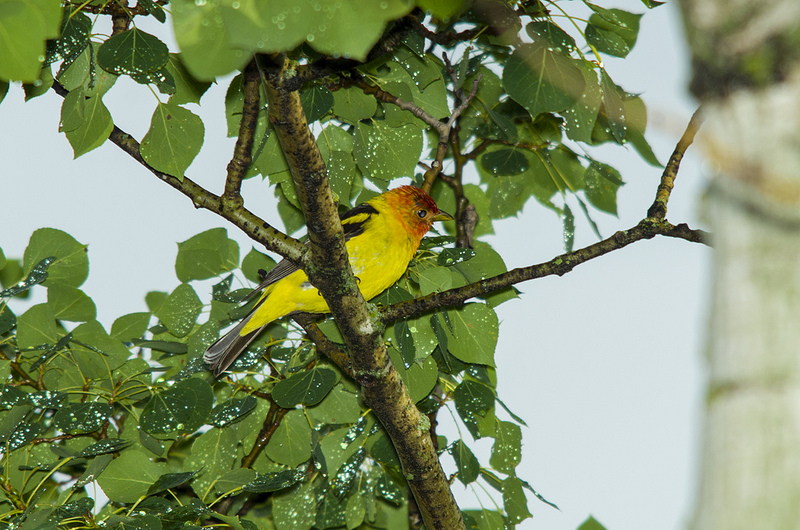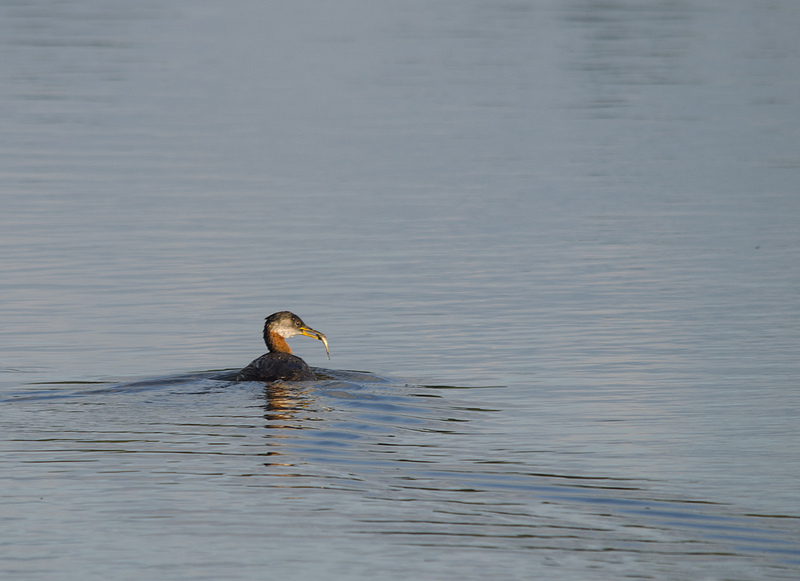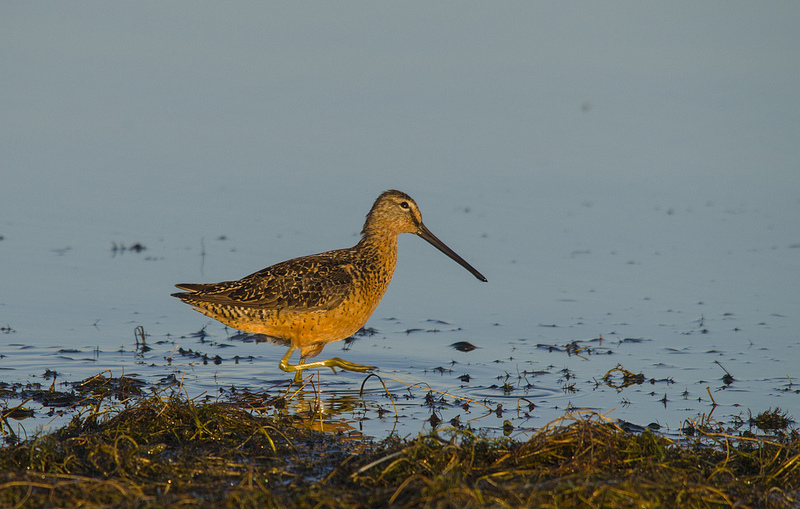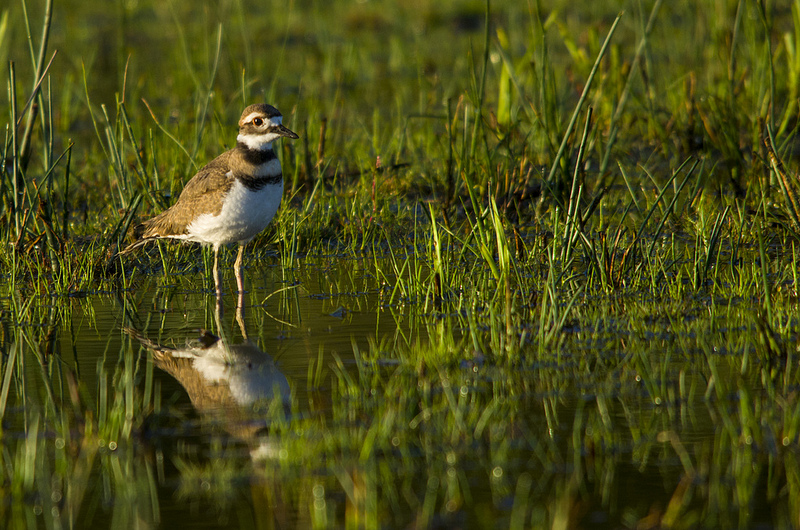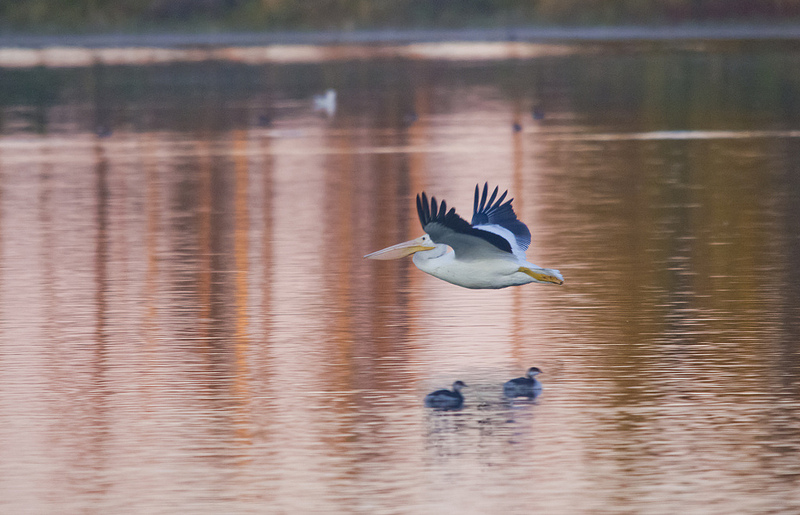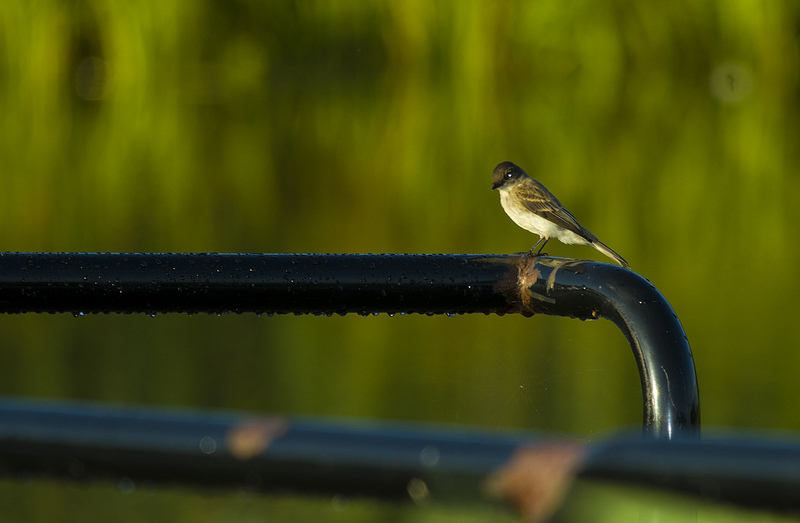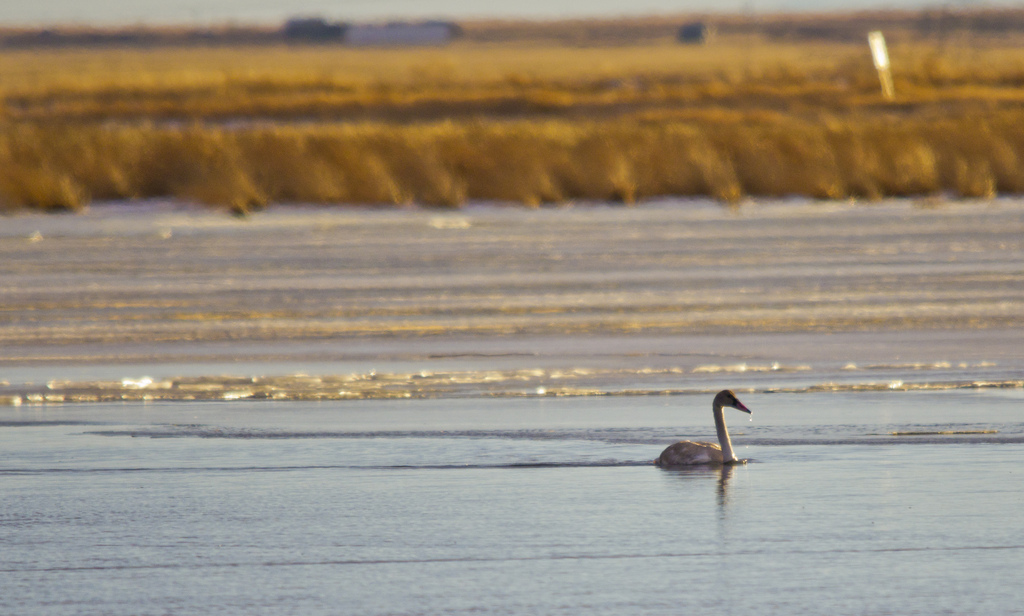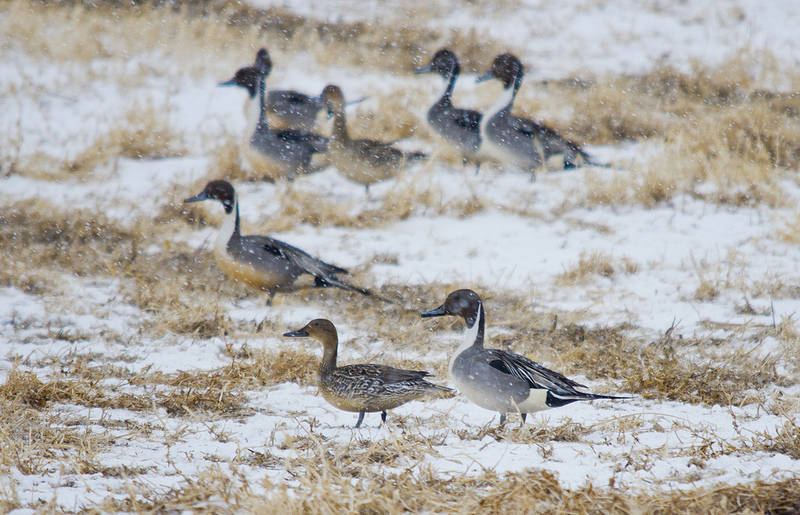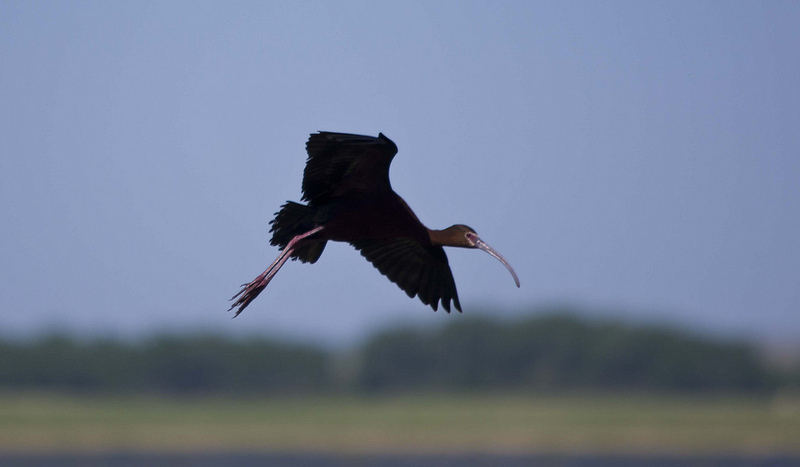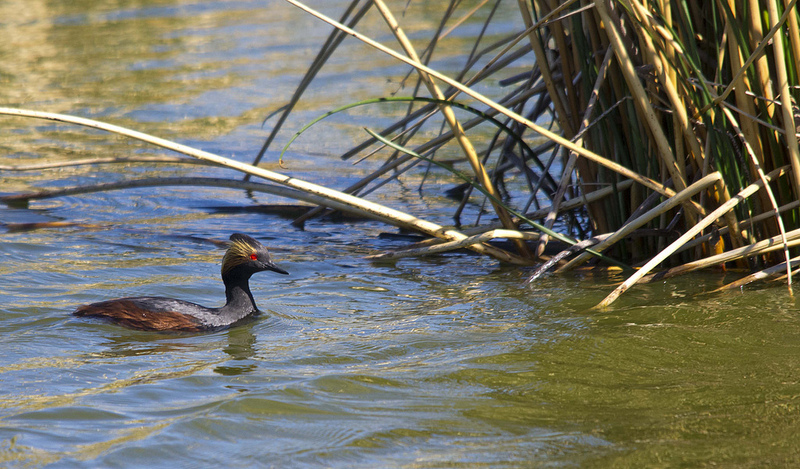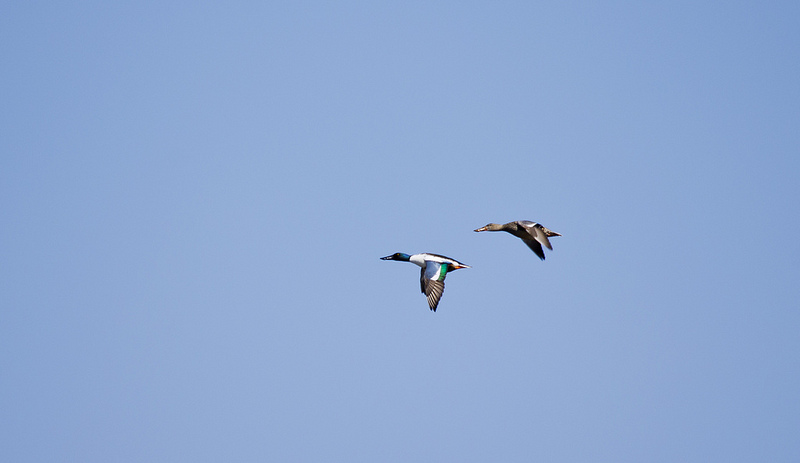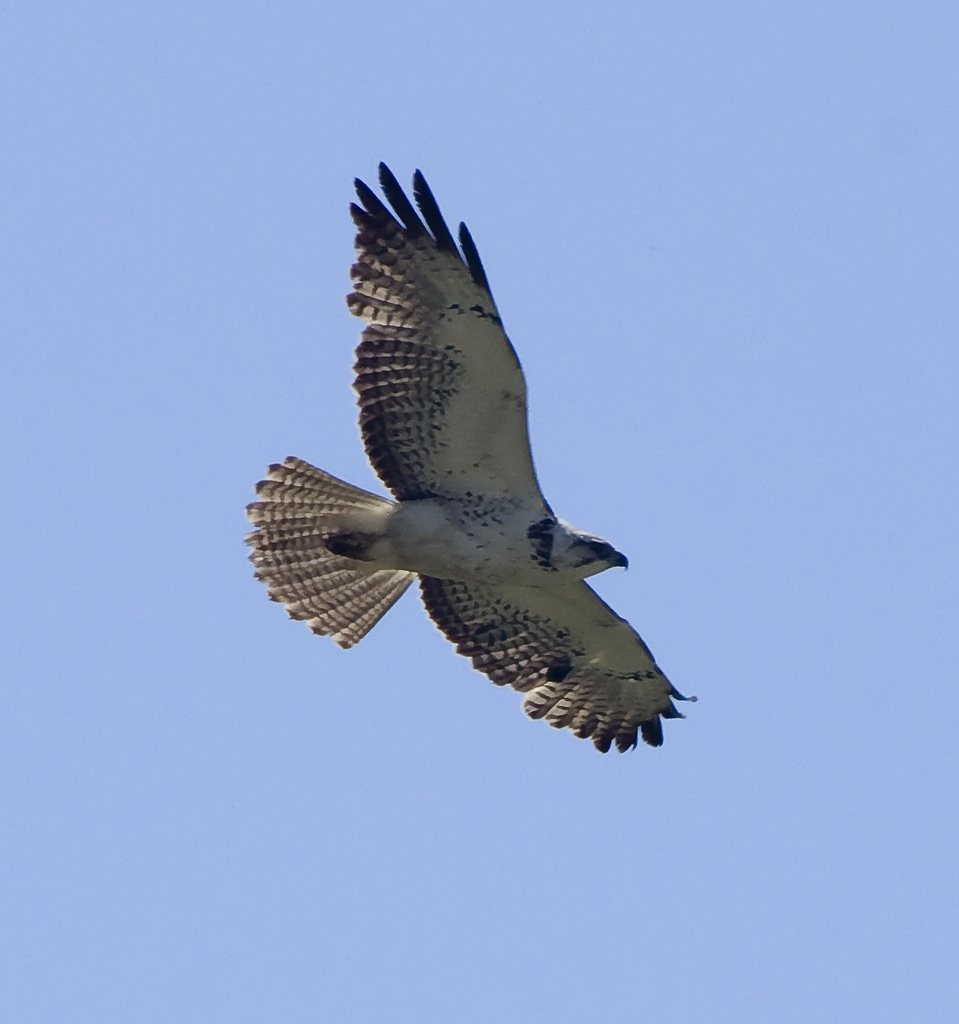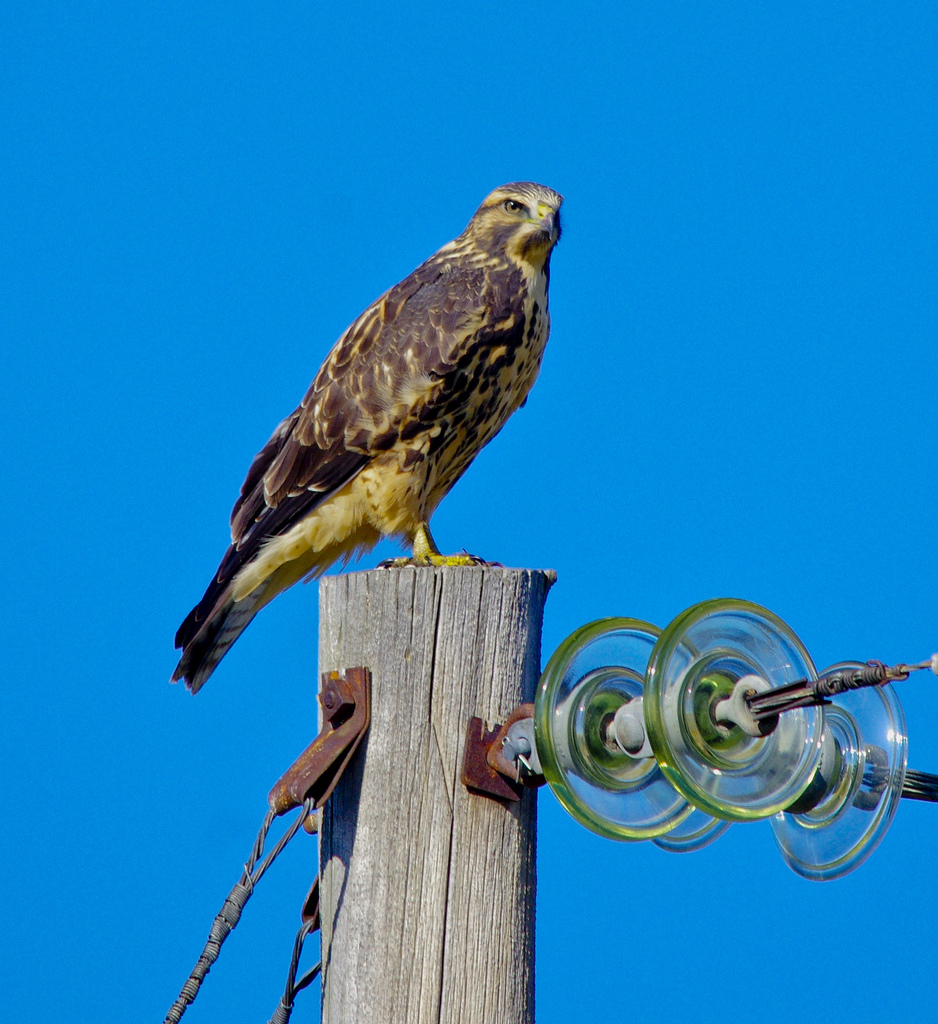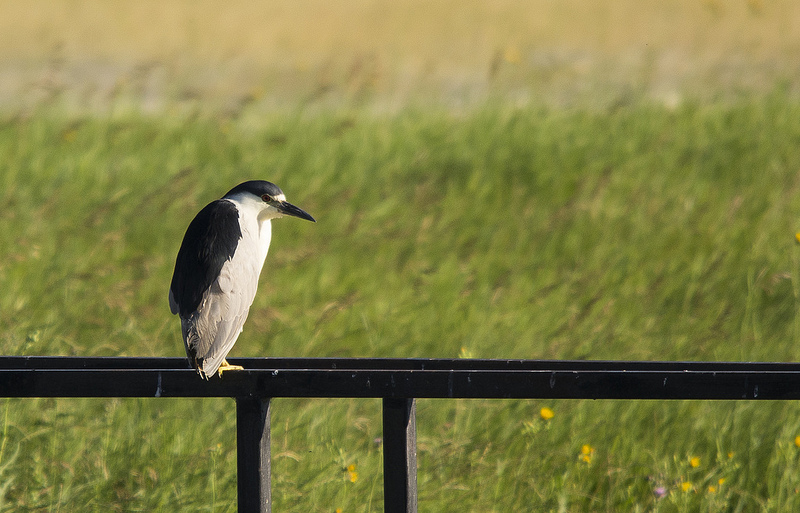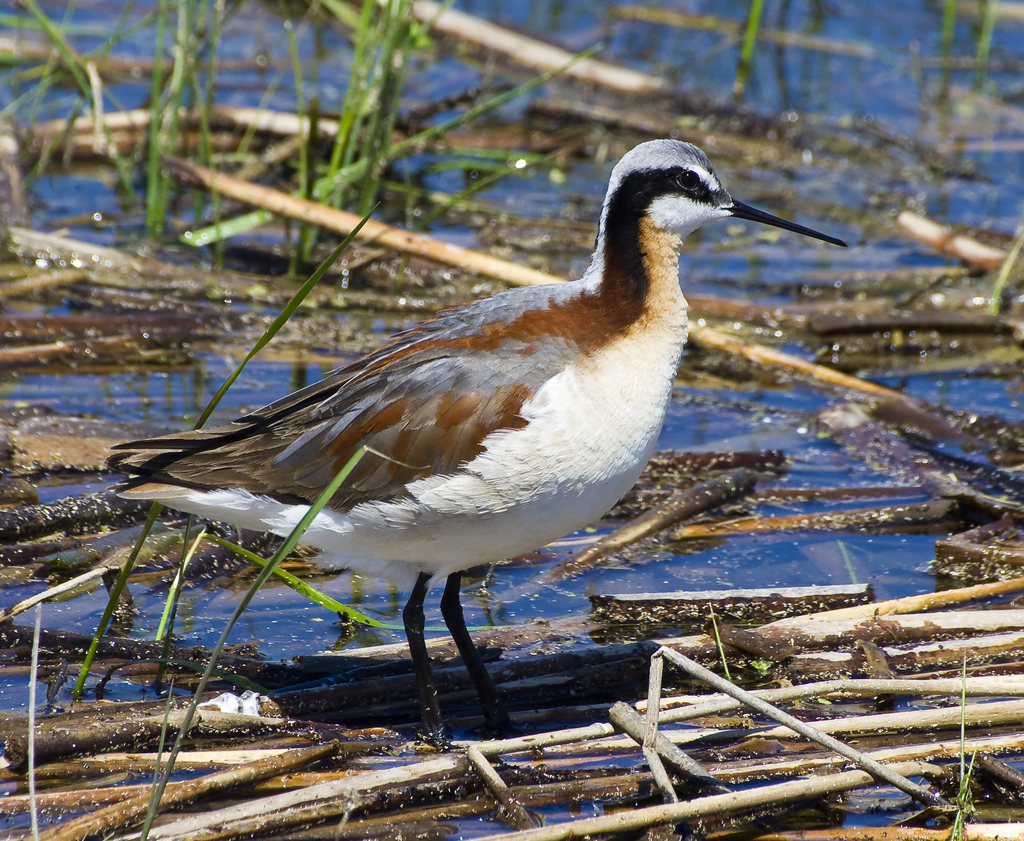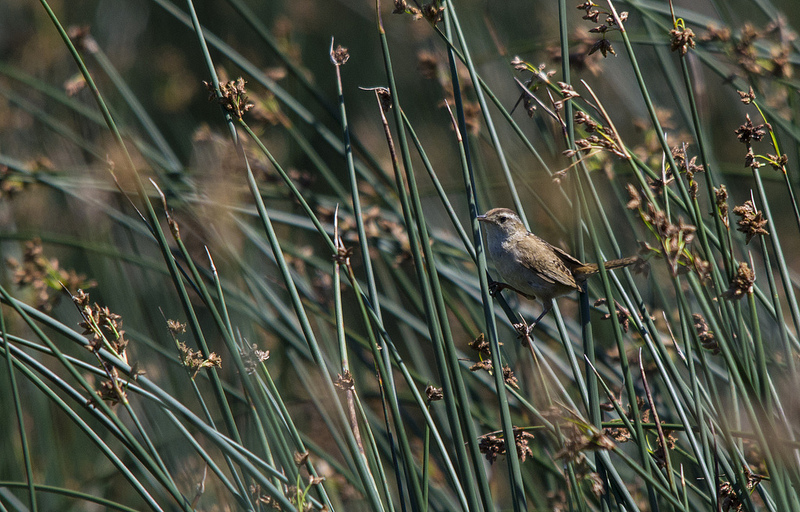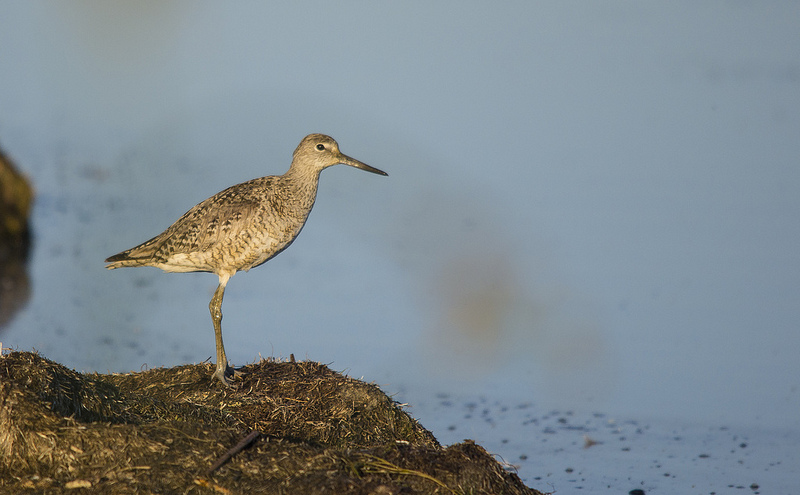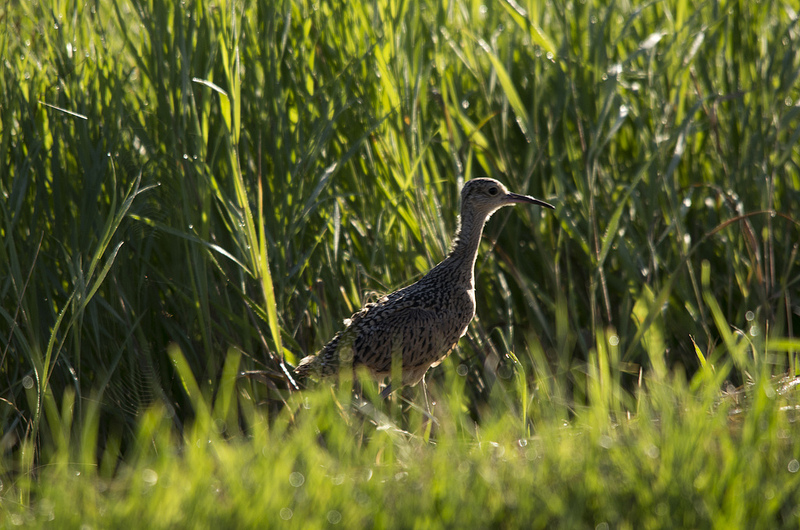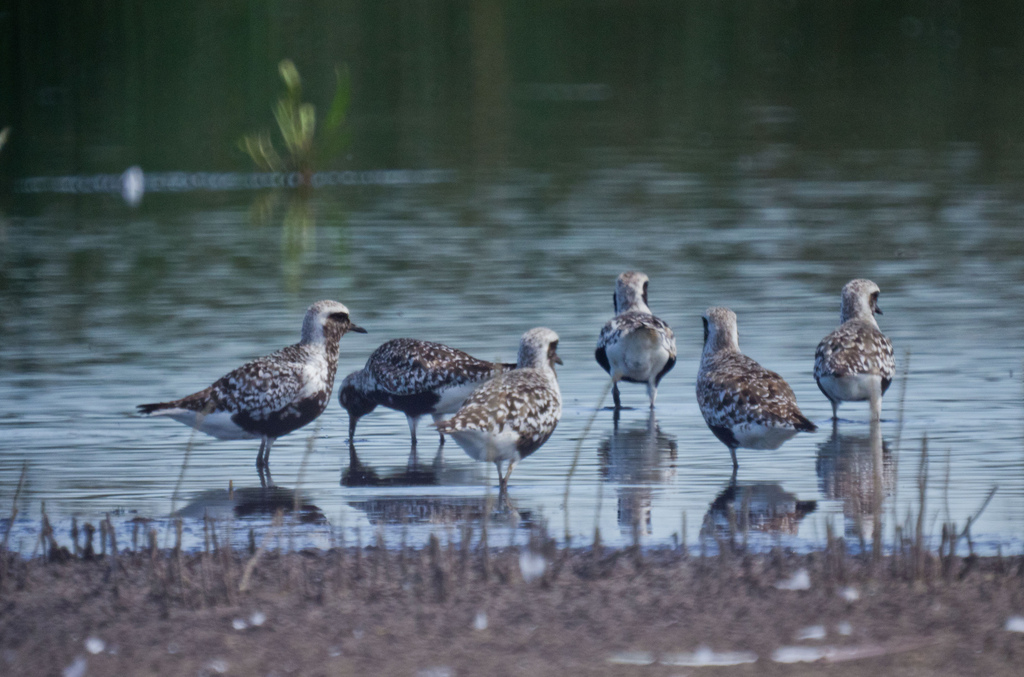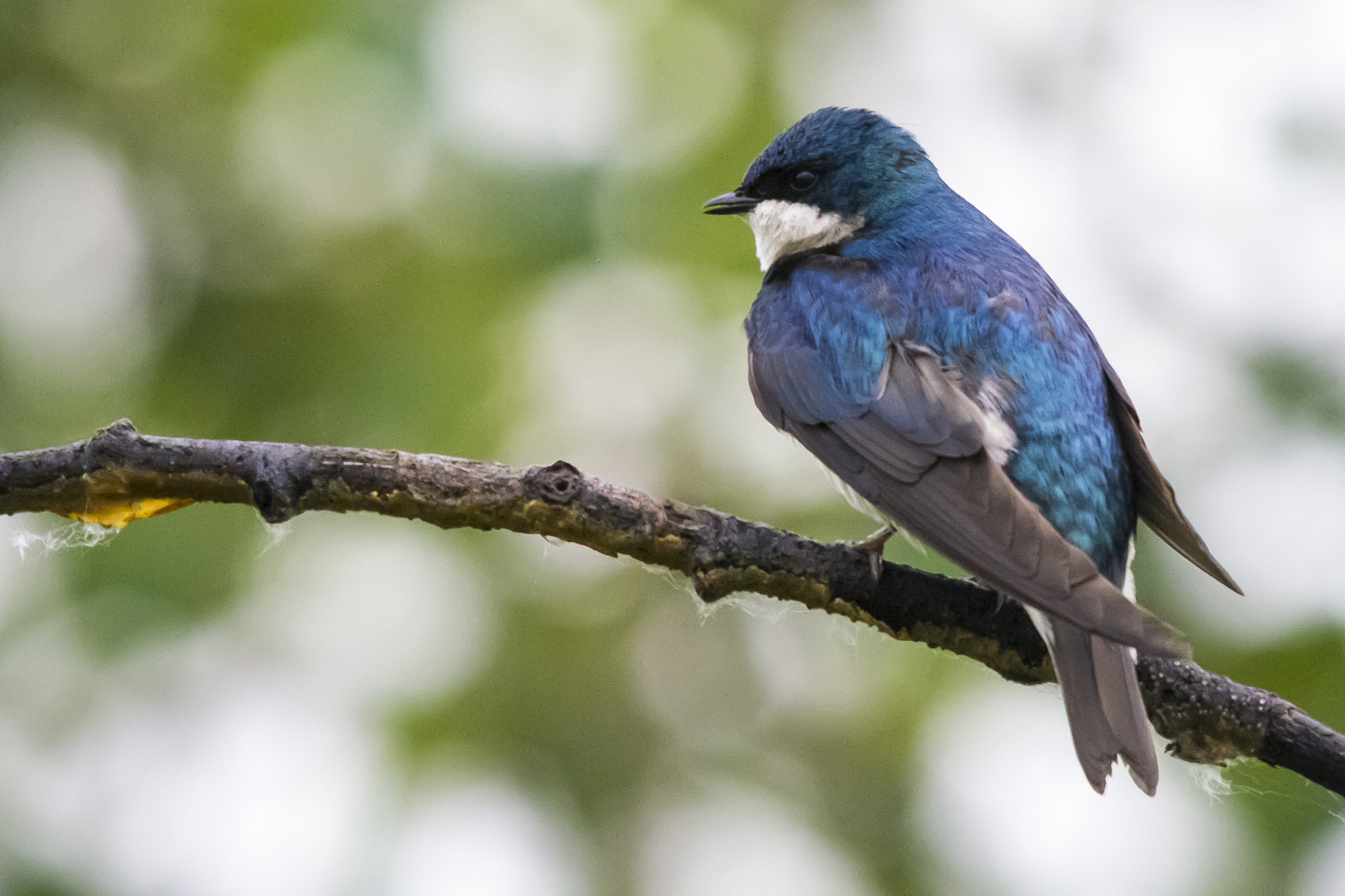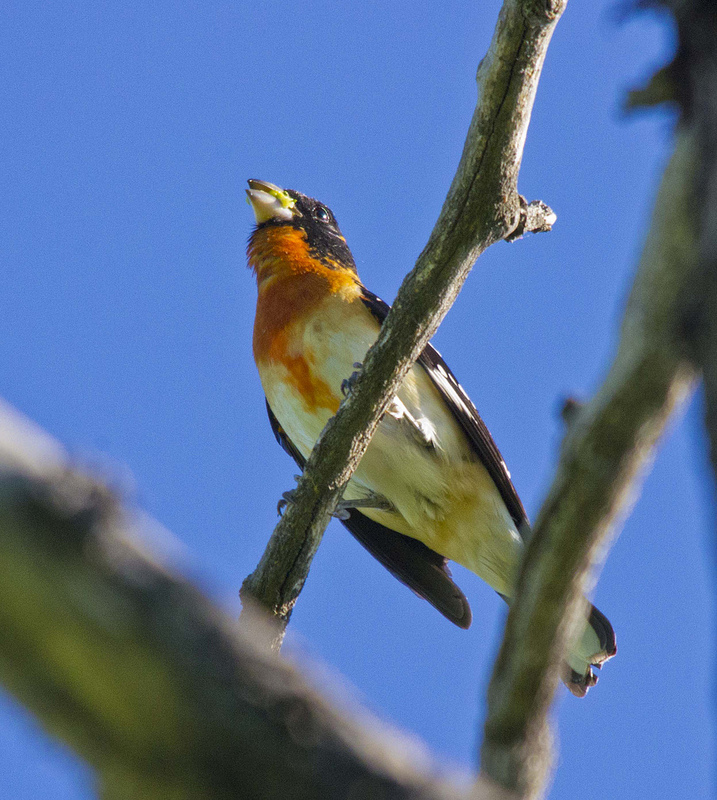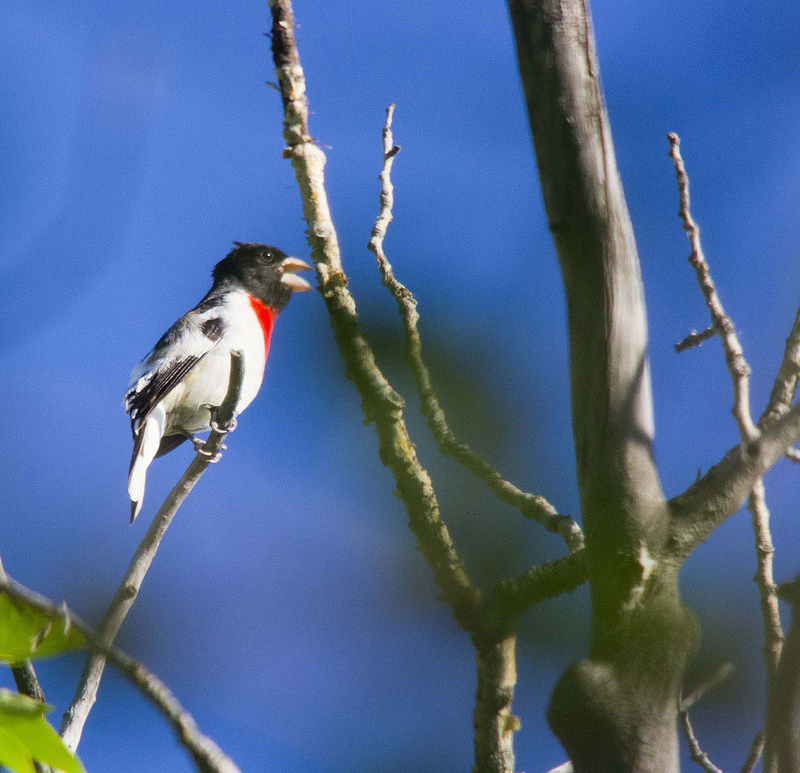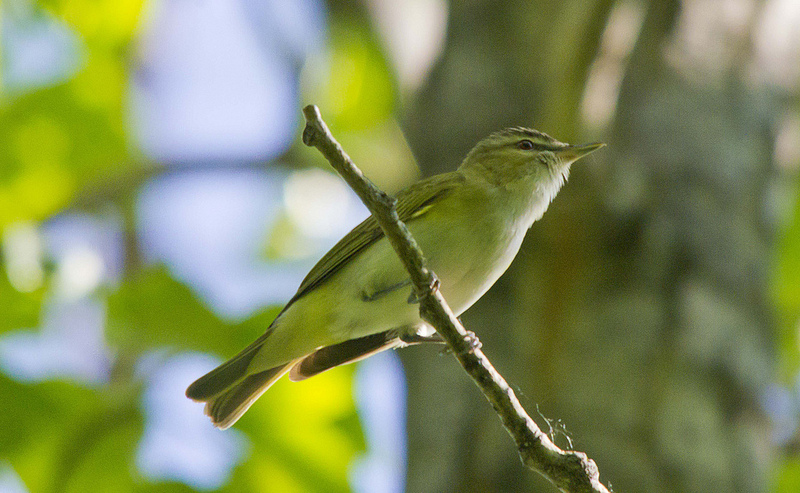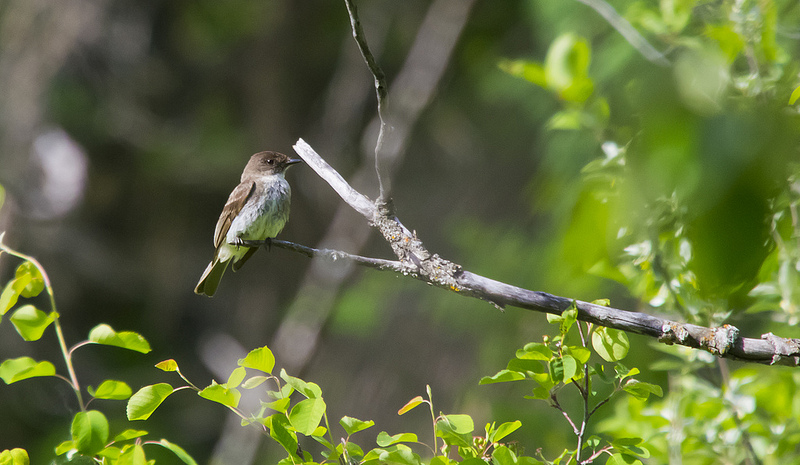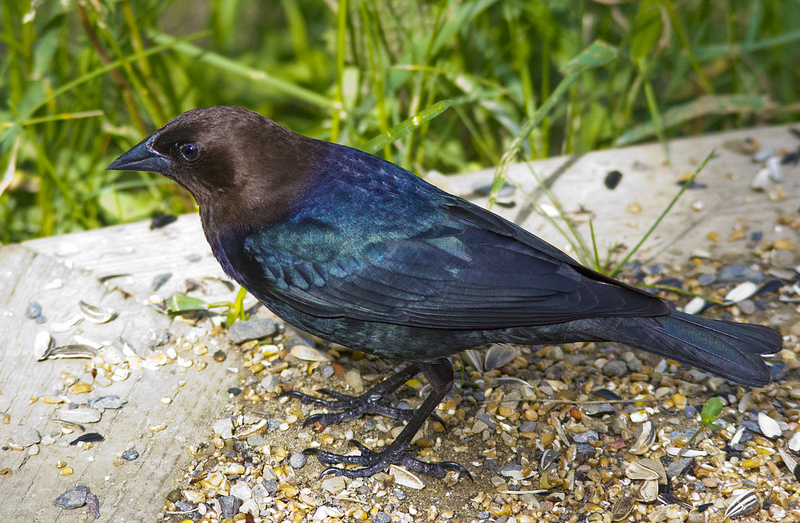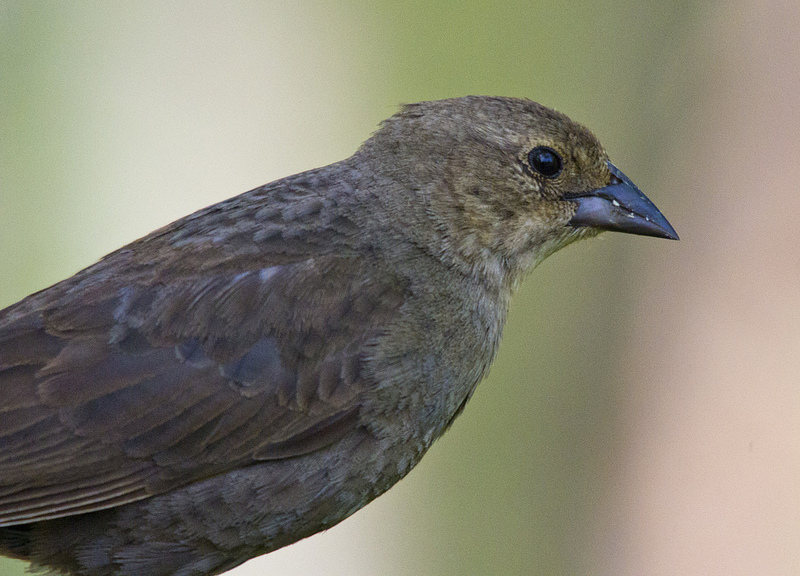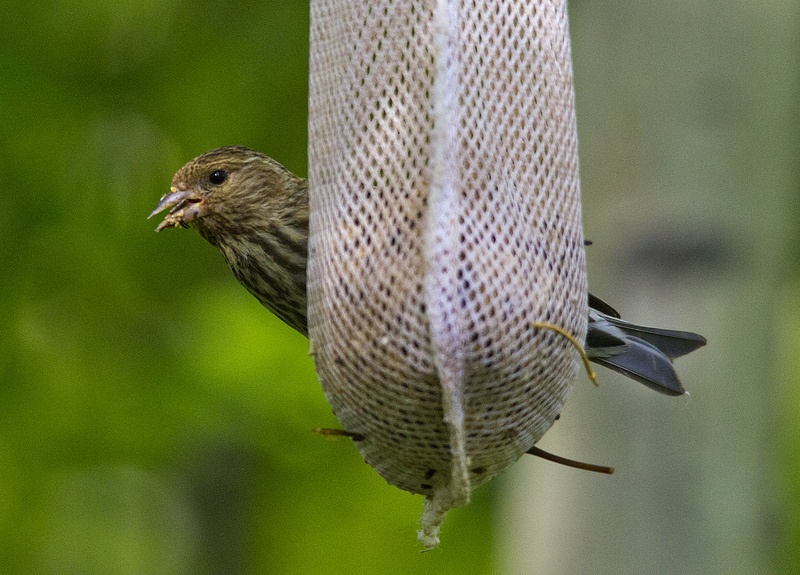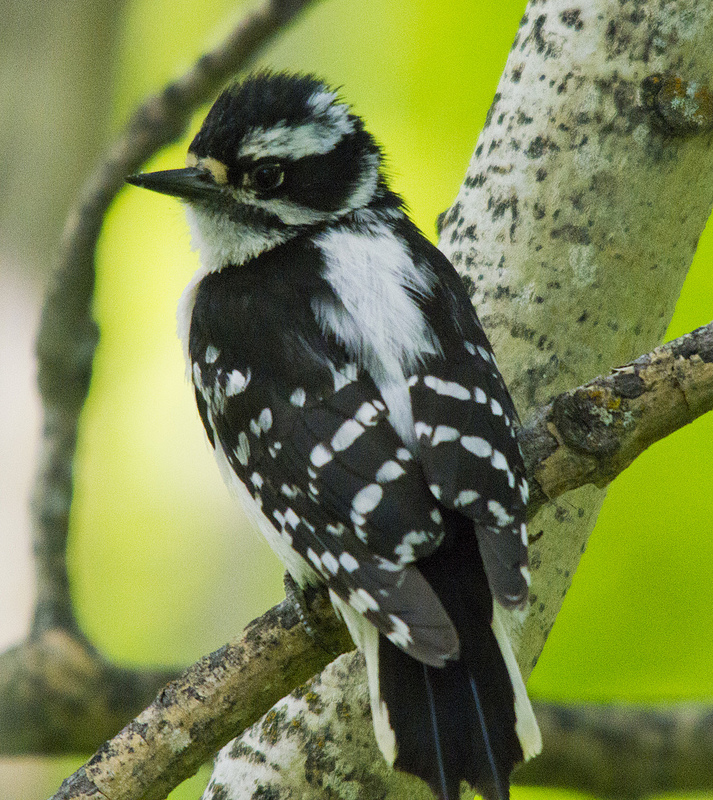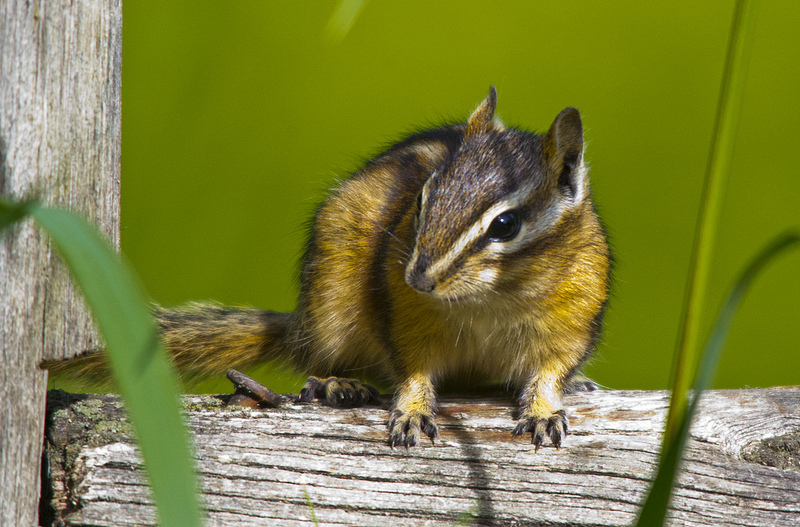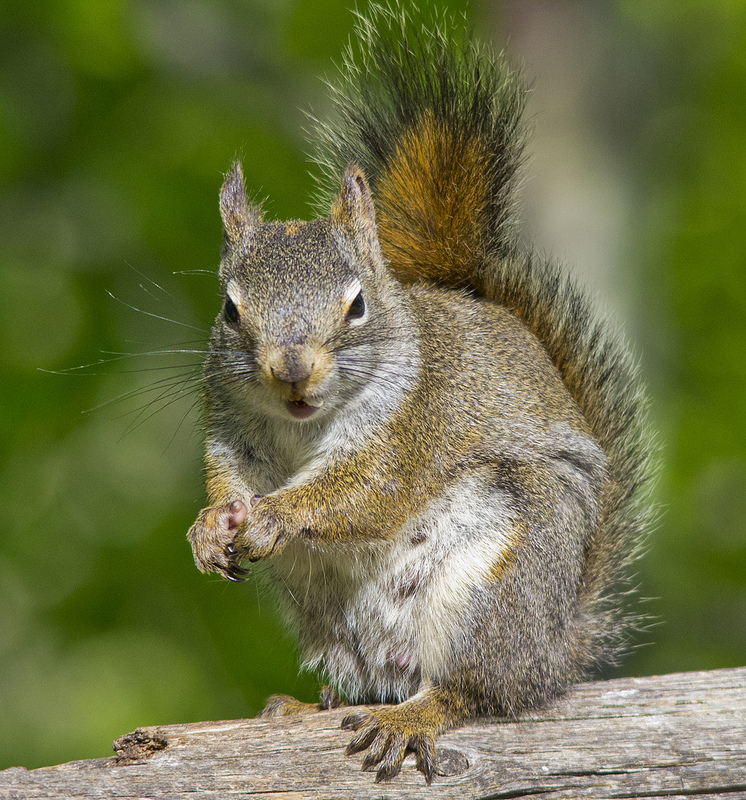Posted by Dan Arndt
One of the regular parks attended by the Friends of Fish Creek birding courses is Carburn Park. Located just off Deerfoot Trail, it is an oasis of mixed deciduous and coniferous forest in the middle of the urban landscape, and is adjacent to Beaverdam Flats to the north, and the Southland Dog Park to the west. The route we took this week took us from the parking lot, south to a small grove of trees containing a special surprise for us, exploring some bird feeders just off the main trail, then back up along the river before returning to our vehicles by way of the east bank of the middle pond.
For some reason, I was pretty gung-ho about taking photos for the first half of the walk, but once we got near the ponds there weren’t a lot of opportunities given the general shyness of the birds, the close foliage, and shooting into the light, I didn’t really get many good opportunities.
Our first stop of the morning was at the bridge that crosses the Bow River, and but unfortunately there weren’t too many birds on, or over the water. What we did get was this (relatively) gorgeous Rock Pigeon posing gracefully on this dead tree limb.
Heading south along the river, we had hopes of flushing a Ring-necked Pheasant, or seeing something interesting on the river, or at the very least, getting some interesting birds at the bird feeders, but as they hadn’t been seen on any of the walks this week, we were quite surprised at a trio of Great-Horned Owls at the southern-most point of our walk!
This one thought that he could hide from the shutterbugs clicking away with their cameras…
Moving over to the feeders and allowing these owls their space, we came upon a large mixed flock of sparrows and warblers in a large Russian Olive tree. Orange-crowned Warblers, Yell0w-rumped Warblers, Lincoln’s Sparrow, Dark-eyed Junco, and even a pair of American Tree Sparrows!
Our walk continued with a few other nice sightings. Common Mergansers fishing alongside large flocks of Ring-billed Gulls resting on the gravel bars, and even a small flock of Green-winged Teals flushed up by one of the many fishing rafts on the river. One of the Ring-billed Gulls had managed to pluck a small fish from the river, causing all the other gulls around to fly at it in an attempt to steal away an easy meal. Sadly, I don’t think any of them ended up with lunch in all the commotion!
Along the river was also a stretch of about 10 meters that was highly productive, with many Black-capped Chickadees, a few Ruby-crowned Kinglets, another pair of Orange-crowned Warblers, Belted Kingfishers, Northern Flickers and a Downy Woodpecker to top off the list. Around the corner from there was another gravel bar populated entirely by Ring-billed Gulls, and this juvenile posed nicely for us. It wasn’t until it began walking away that we noticed that it was injured, with its tail-feathers skewed off to the side making it seemingly unable to fly.
We trudged through the woods getting very good, close looks at a lone Golden-crowned Kinglet, a Red-necked Grebe on the middle pond, and a few Buffleheads on the far north pond. On our way back along the east side of the middle pond, we were assaulted by another small flock of Black-capped Chickadees in search of a handout.
As we rounded the bend and neared the parking lot, a few of us were reflecting that we hadn’t seen a Muskrat in any of the ponds. Sure enough, within a few moments, this little guy swam over to the far bank and hung around just long enough for us to get some shots of him.
Looks like we’ll be touring the Elbow River, from Stanley Park through to the Glenmore Dam.
Good birding!
